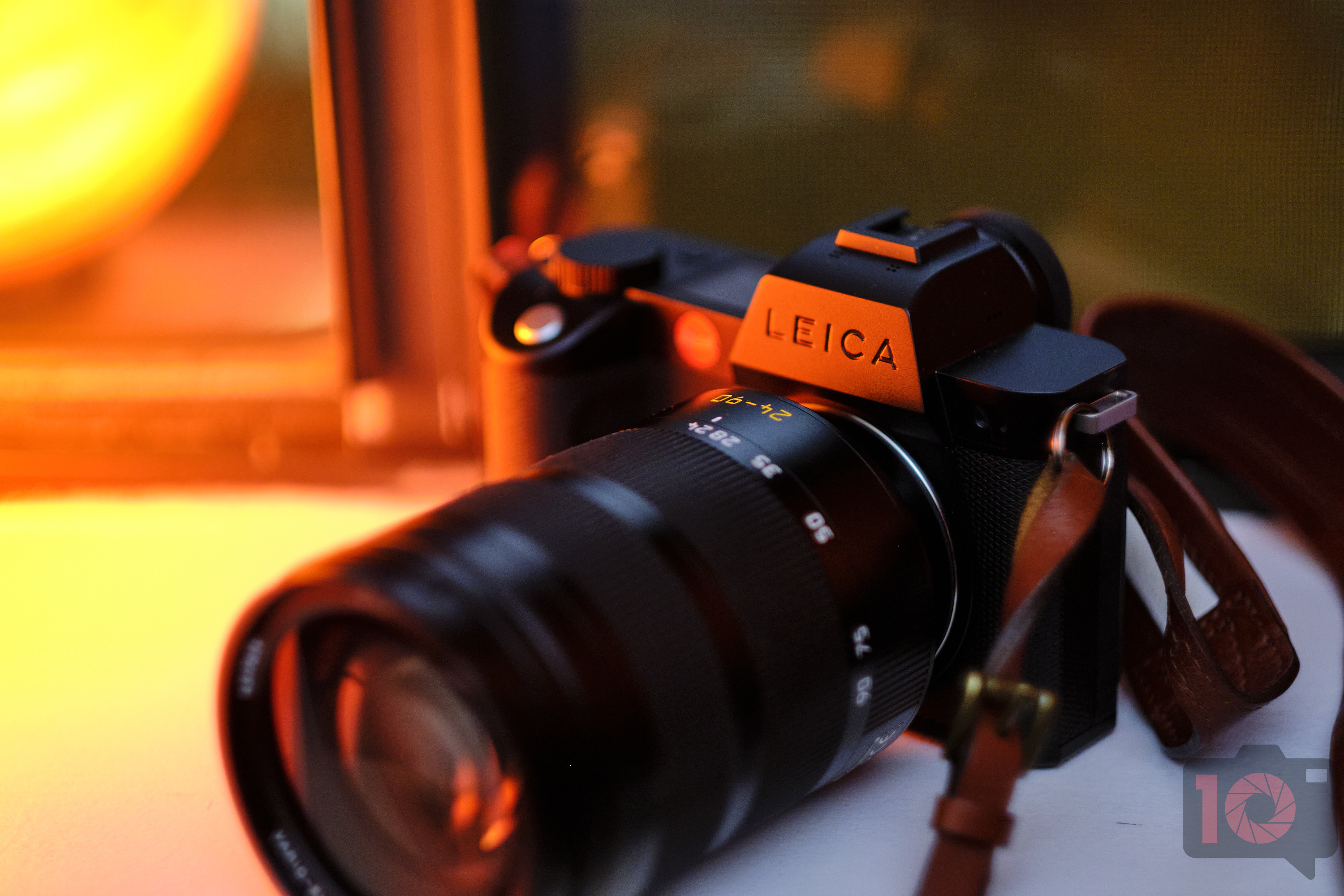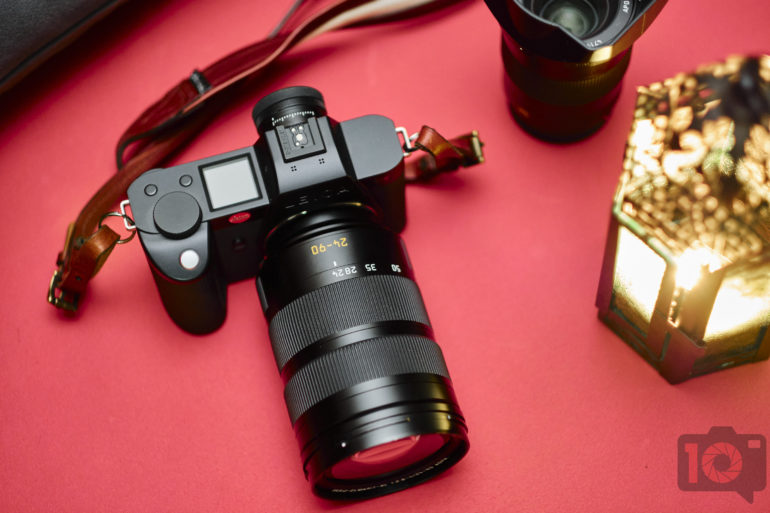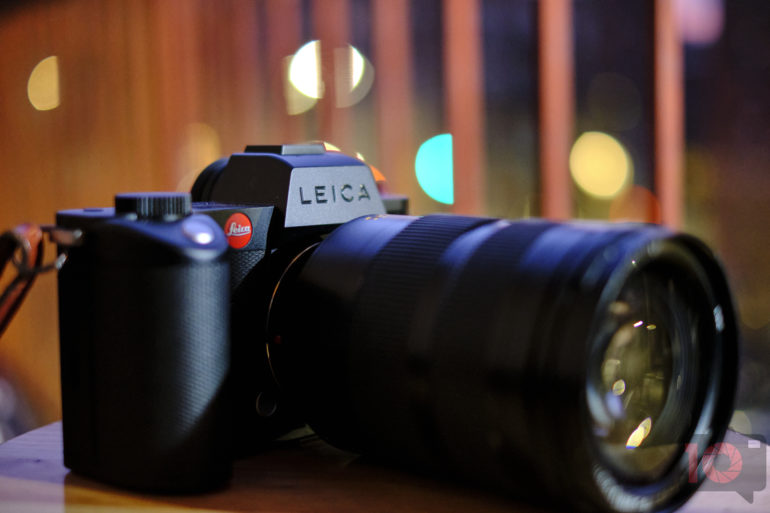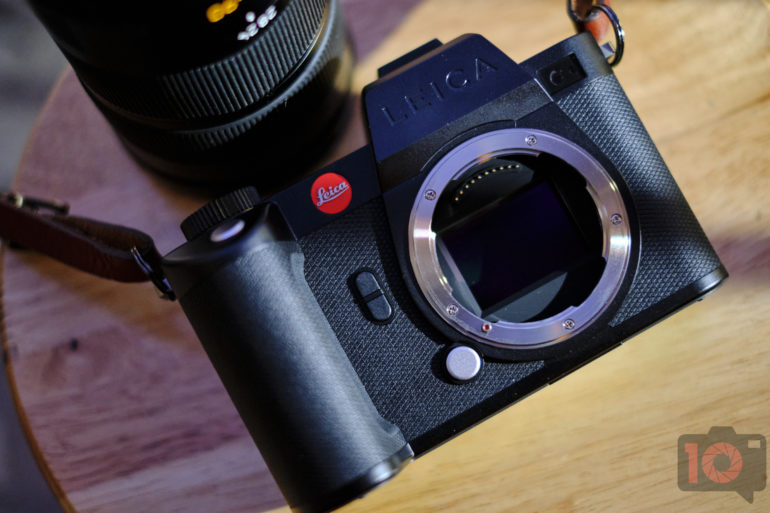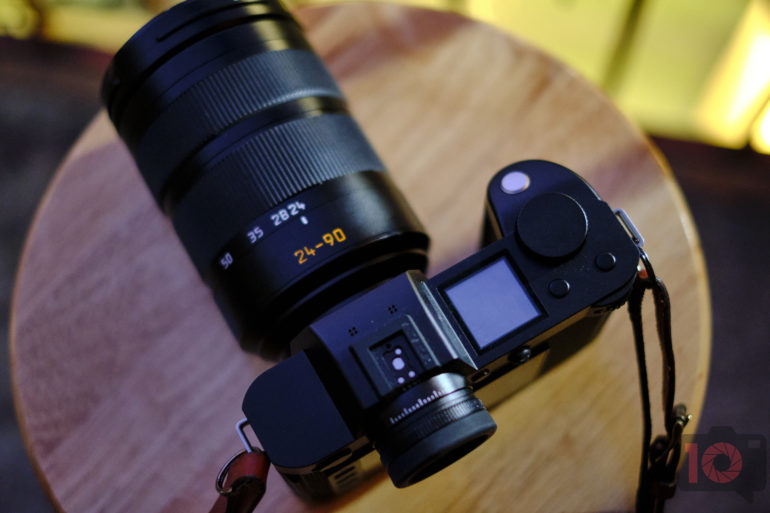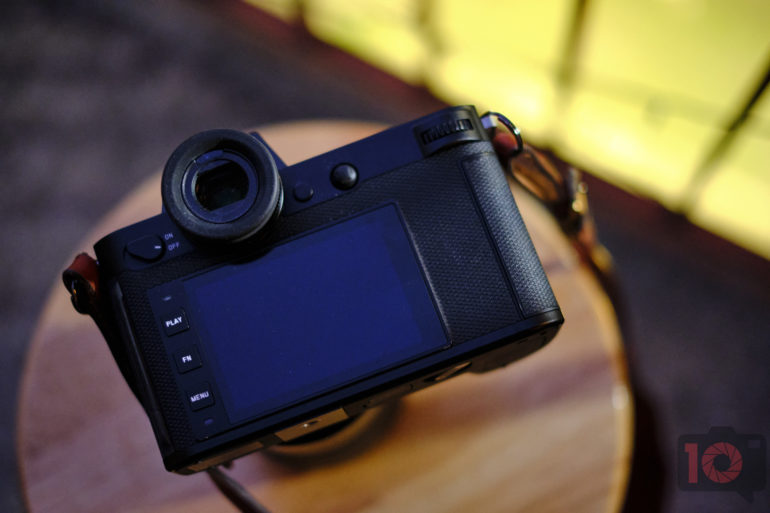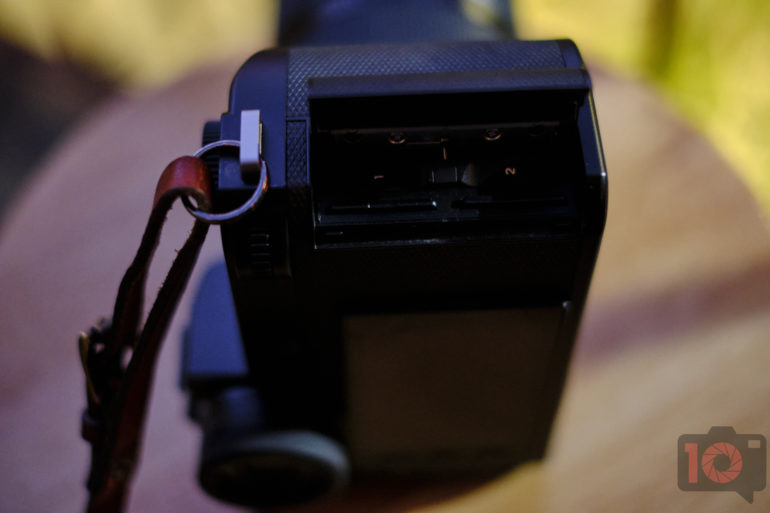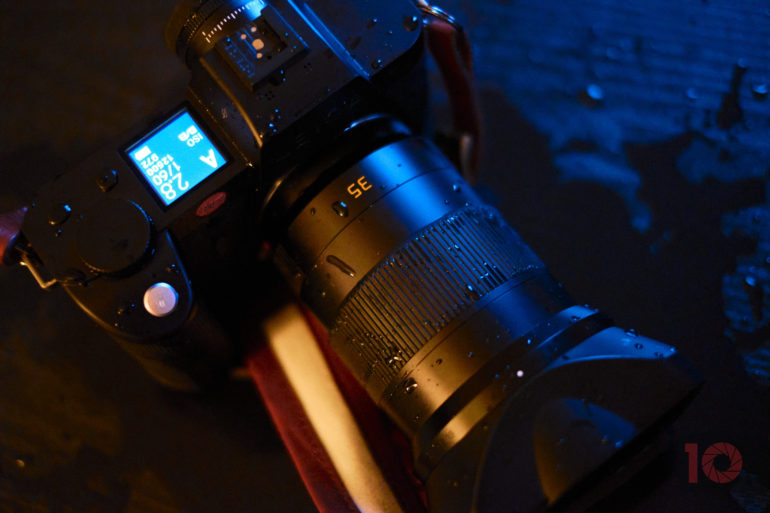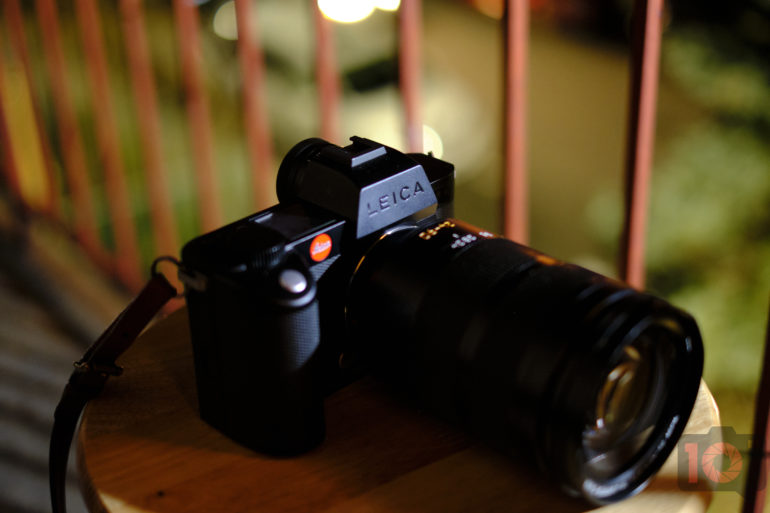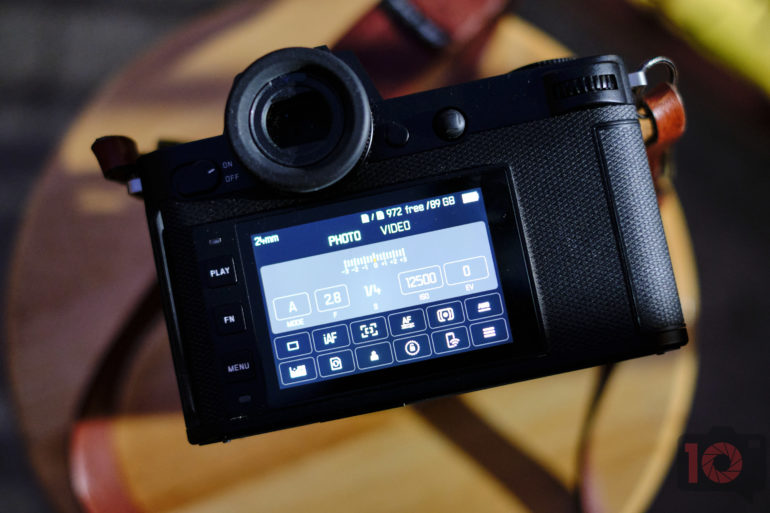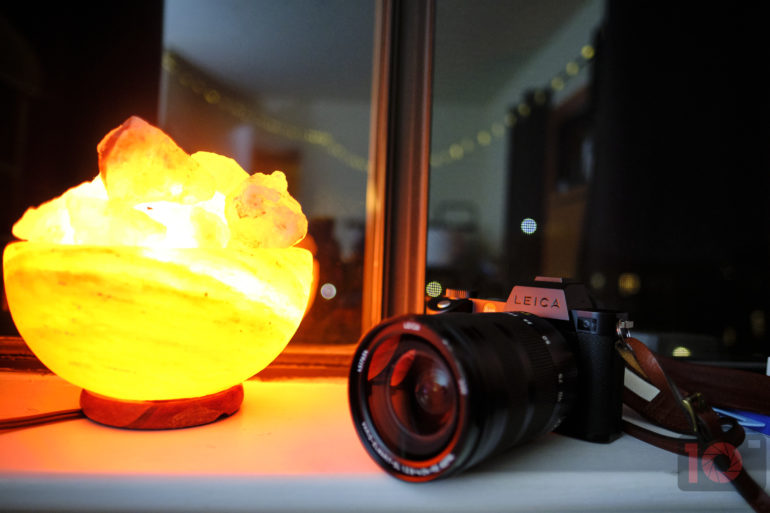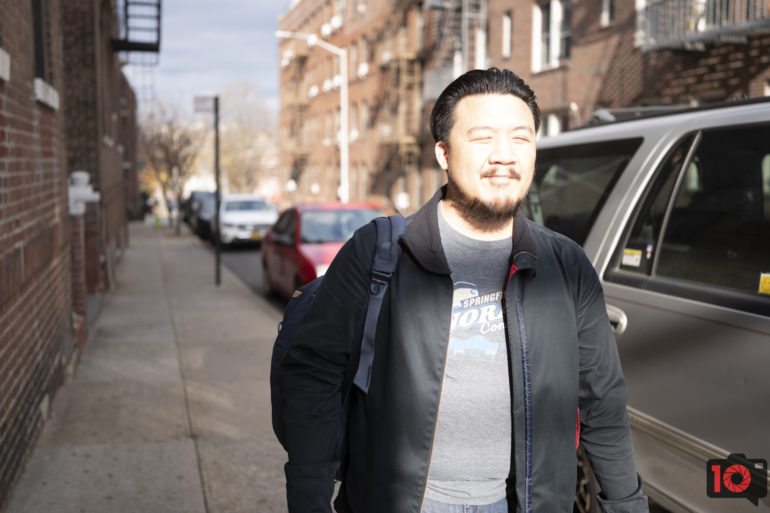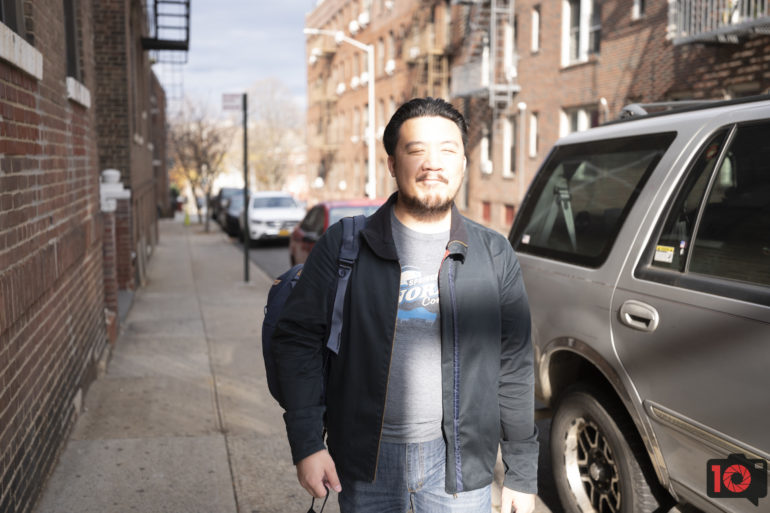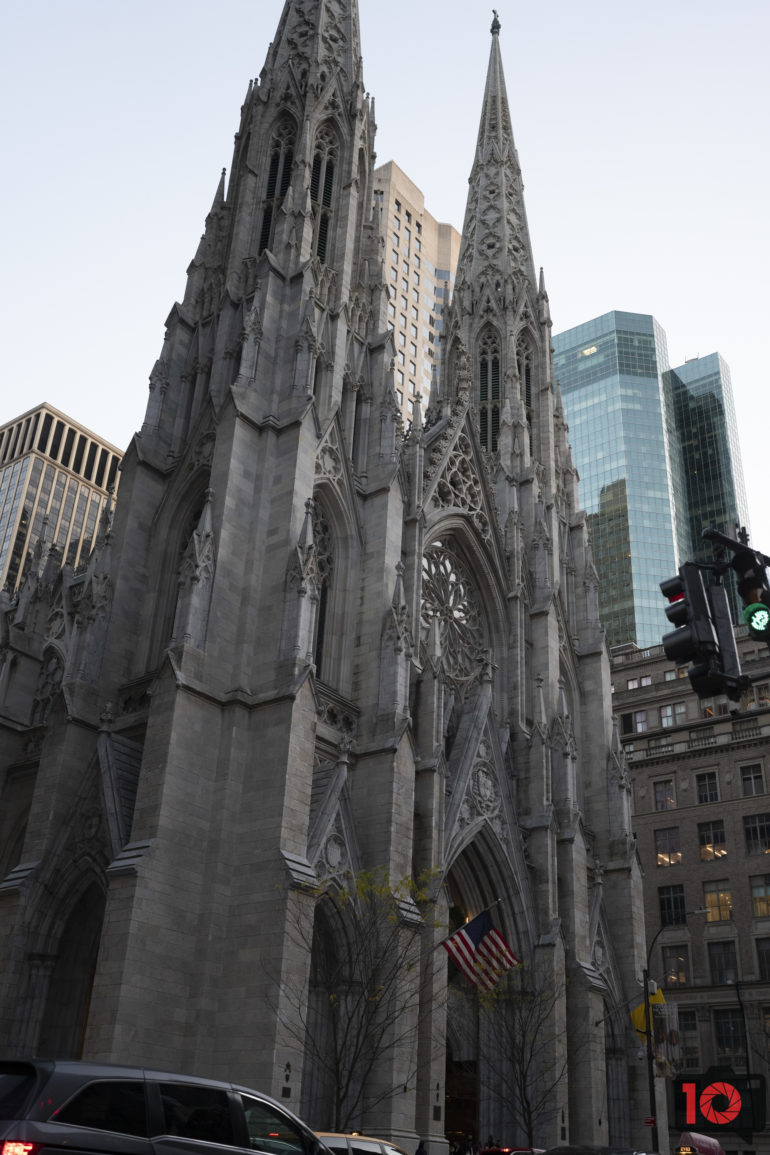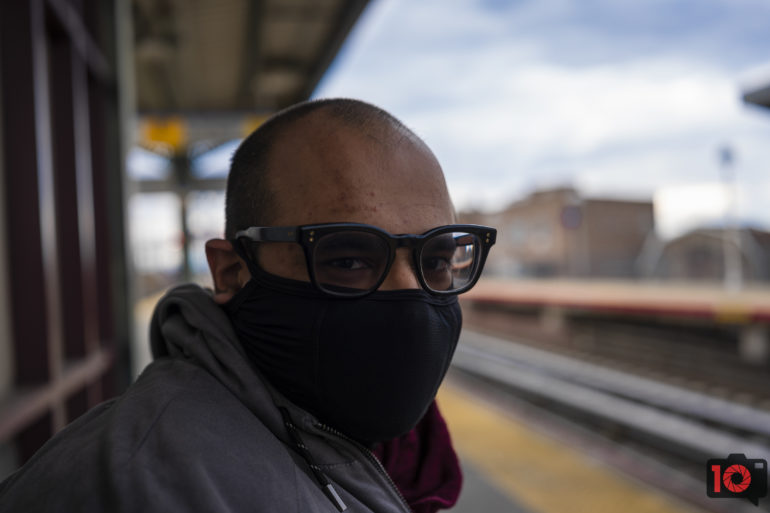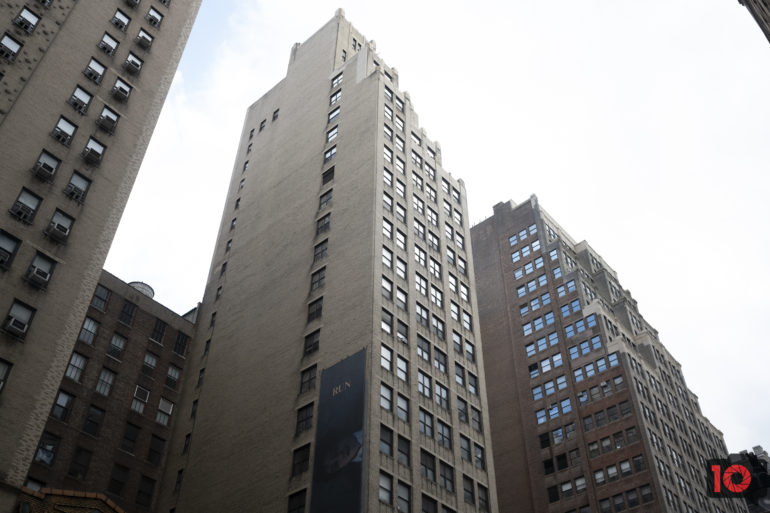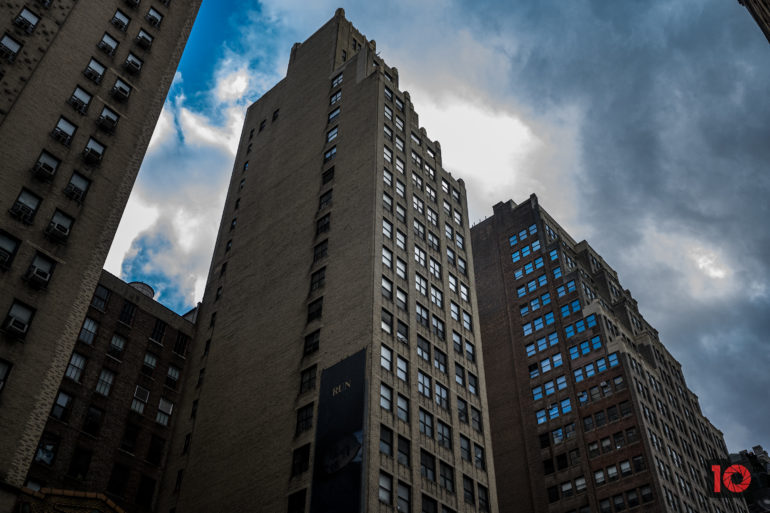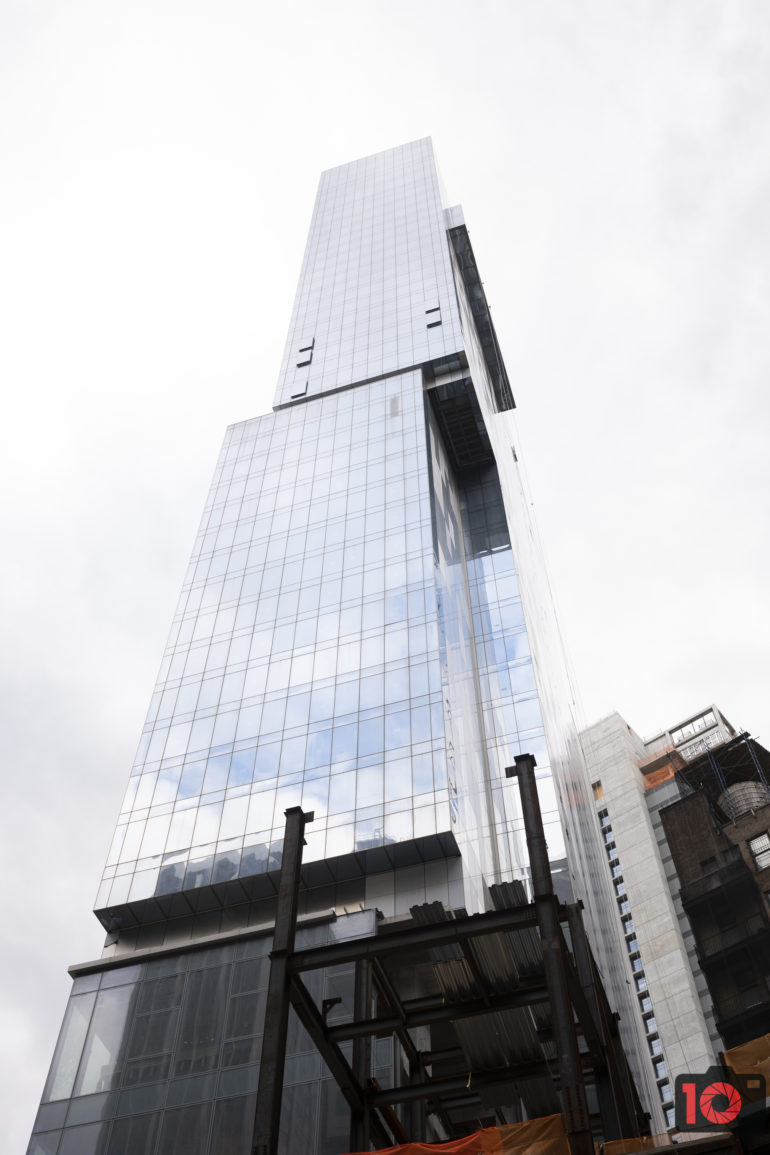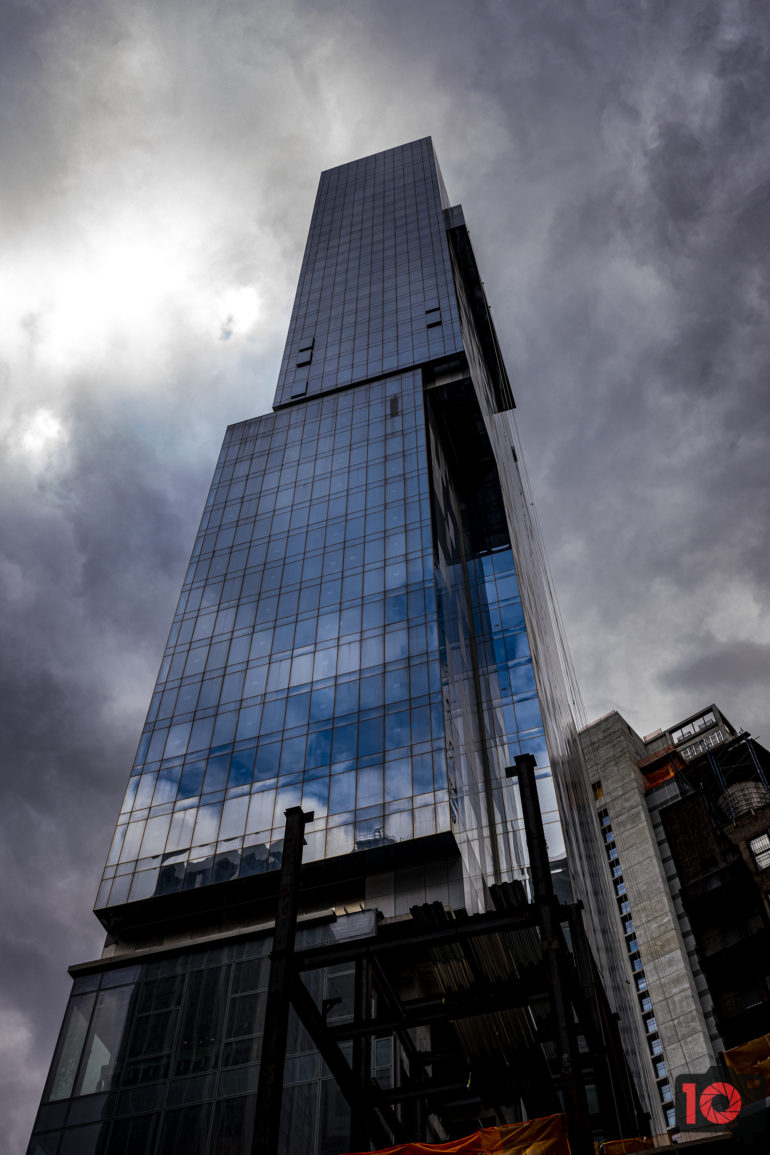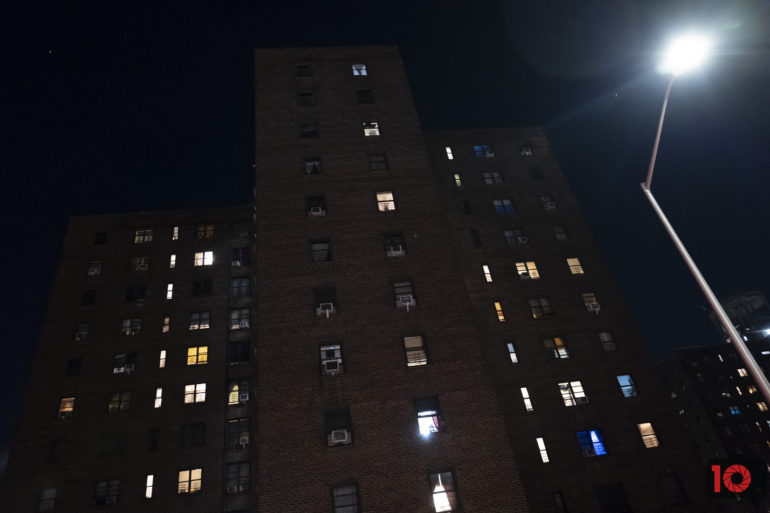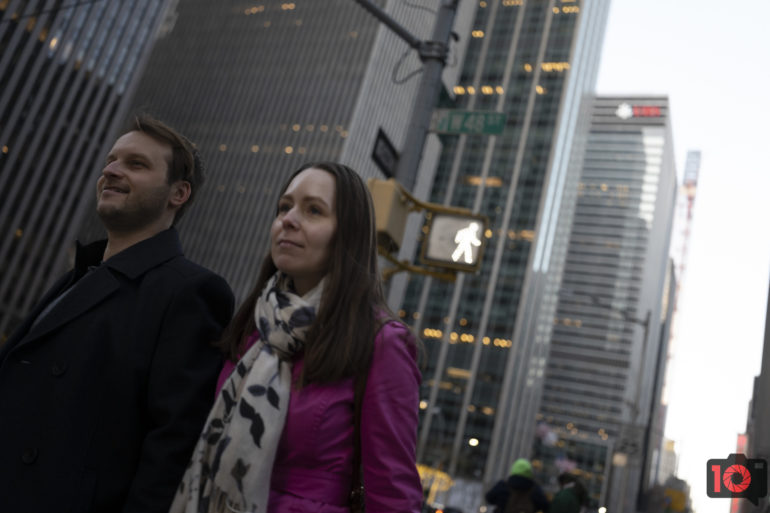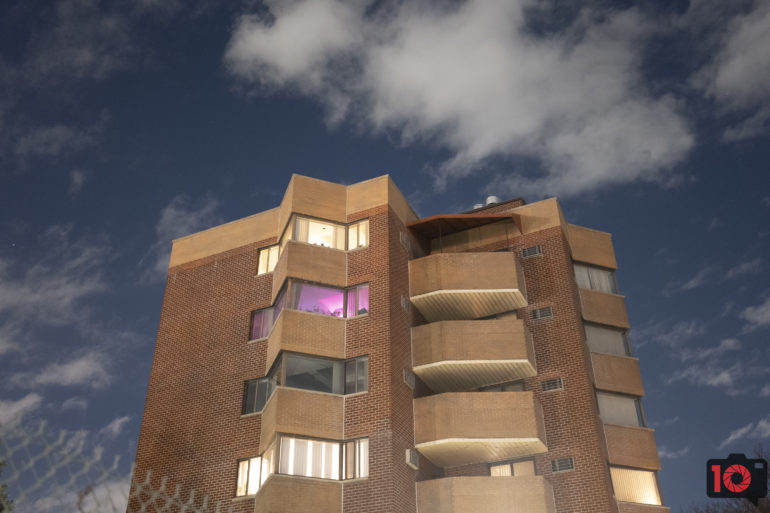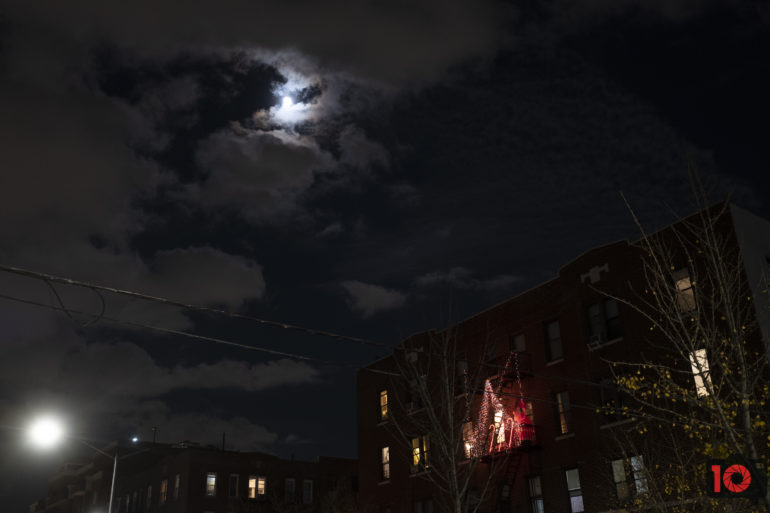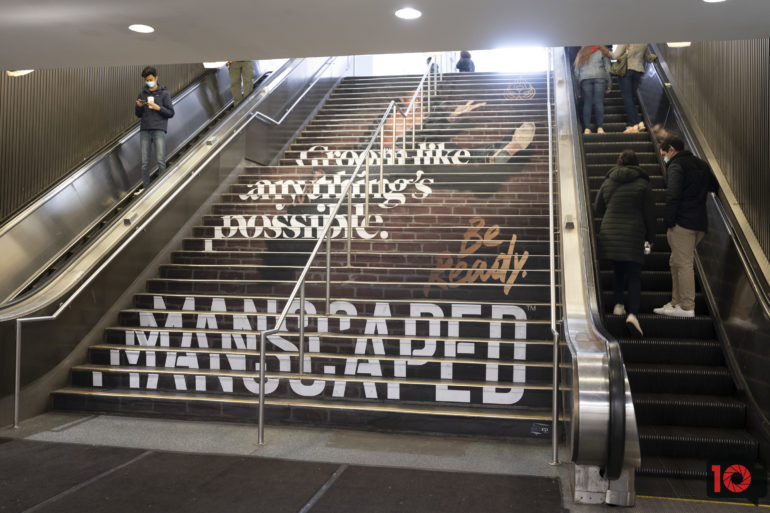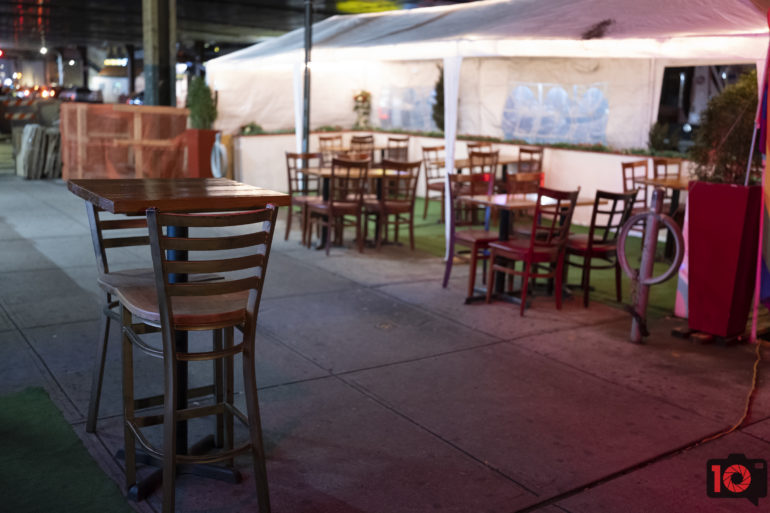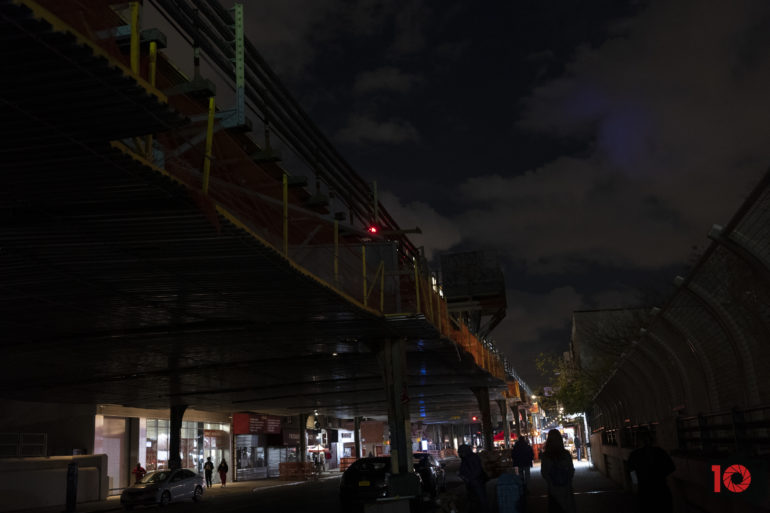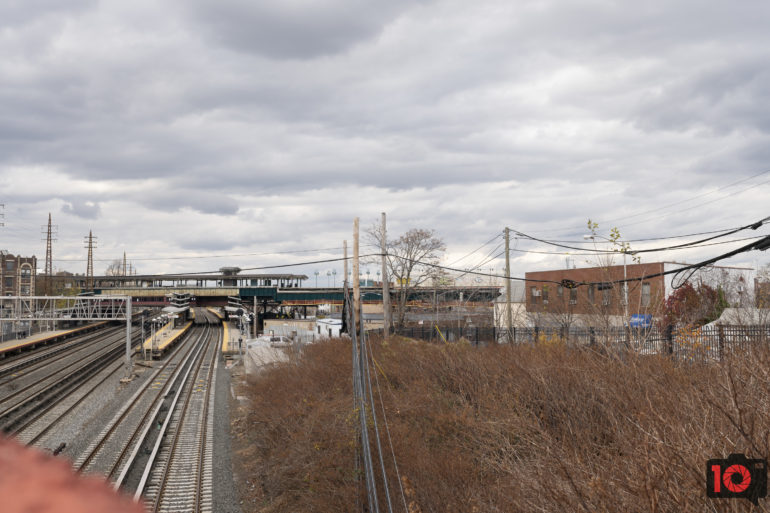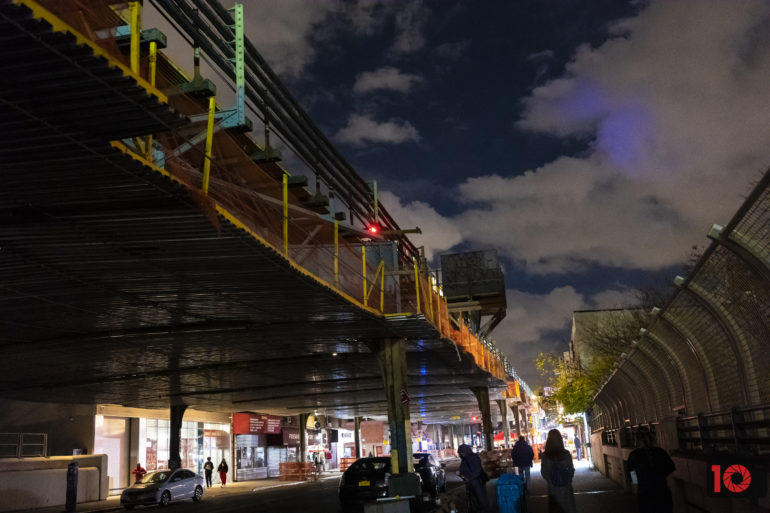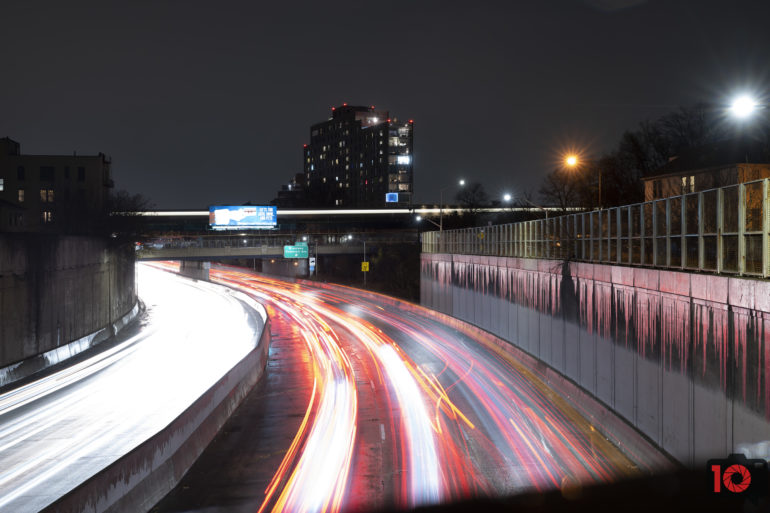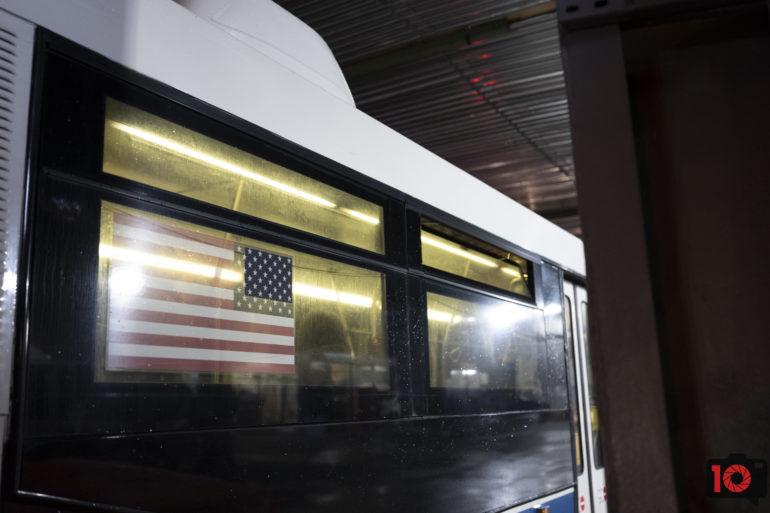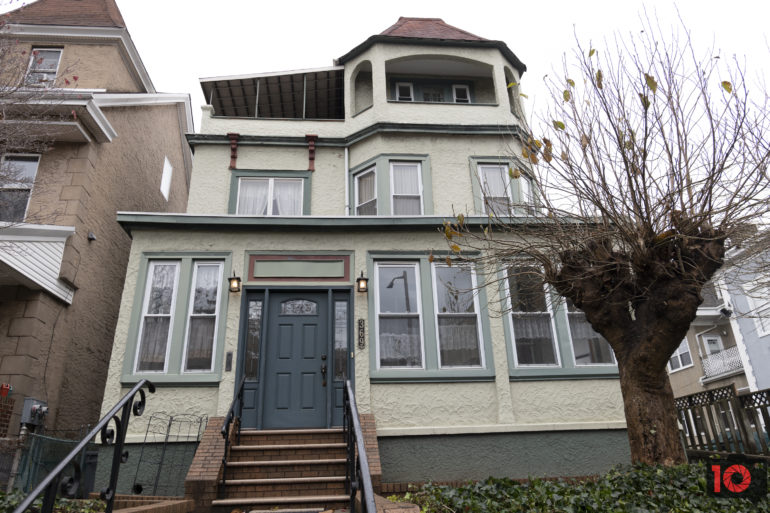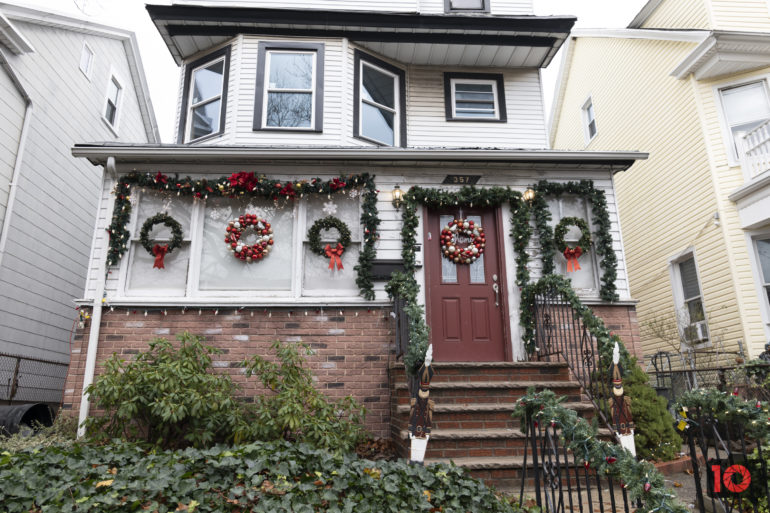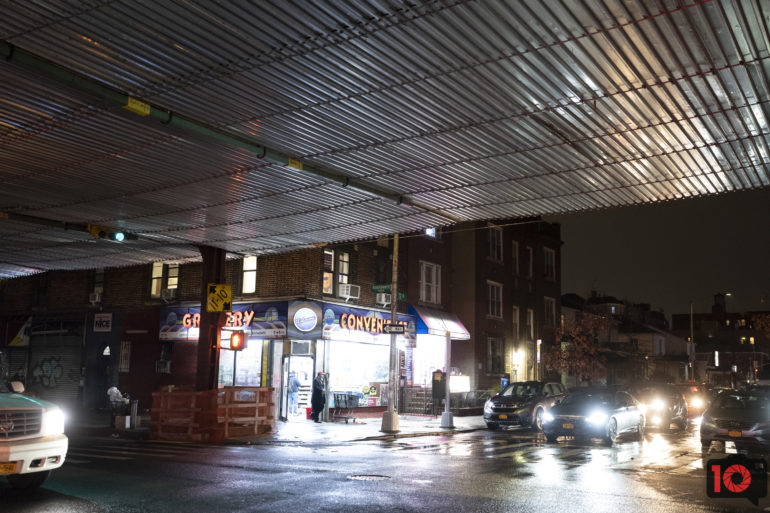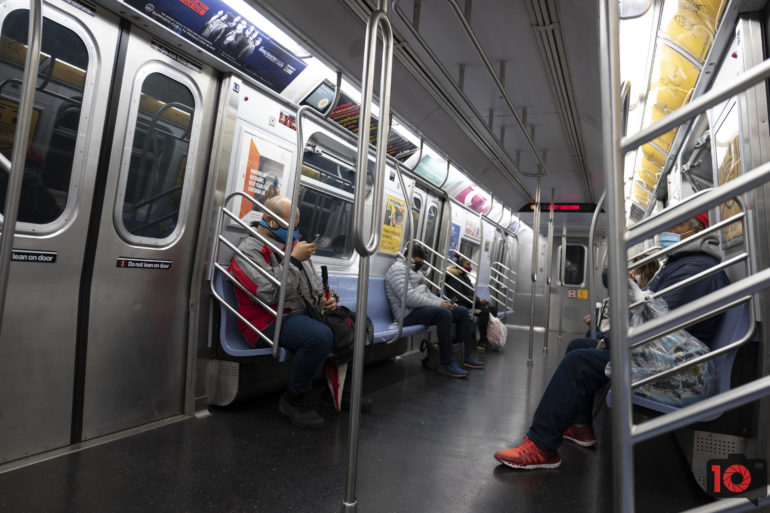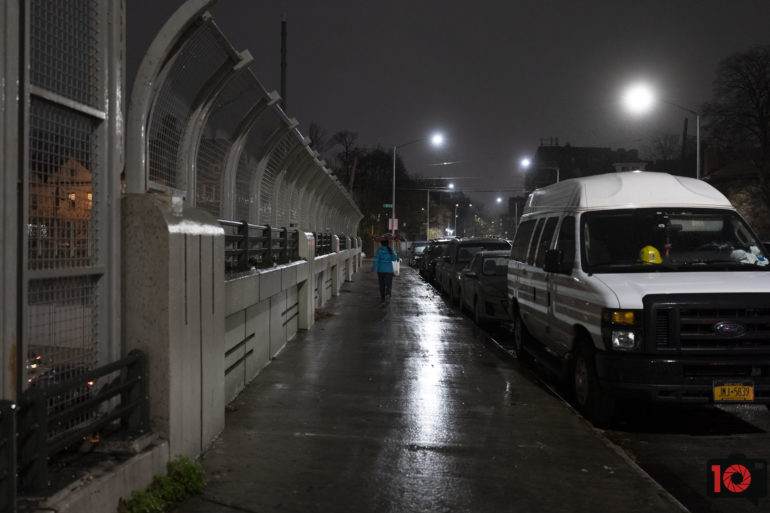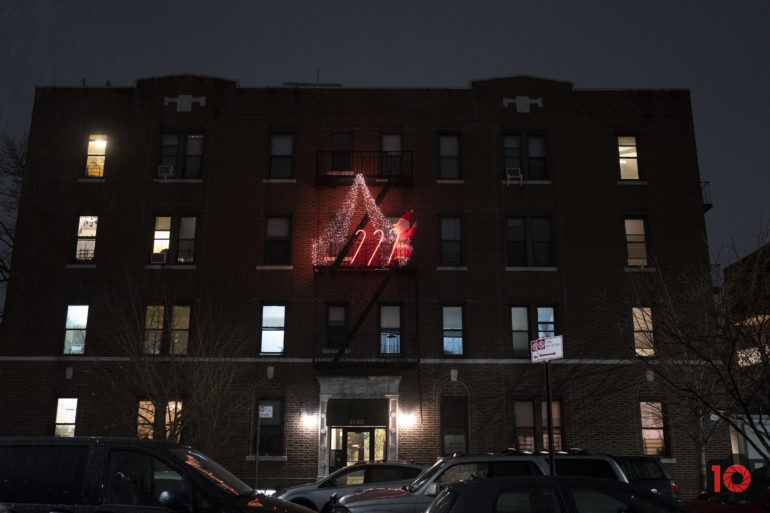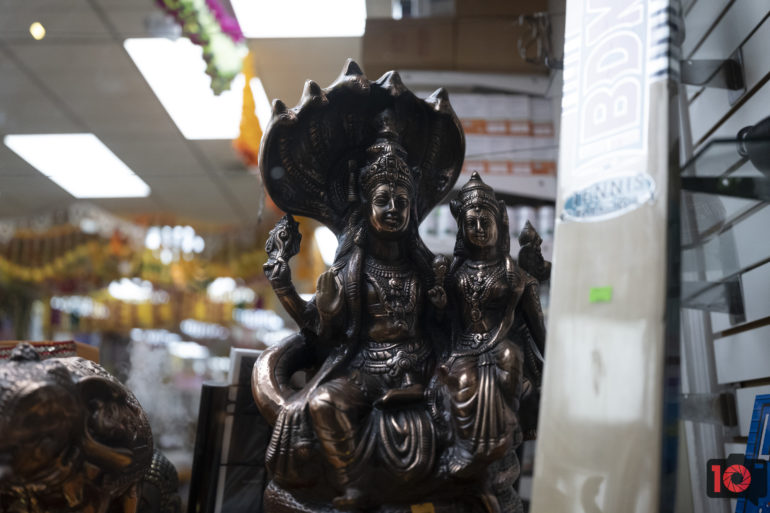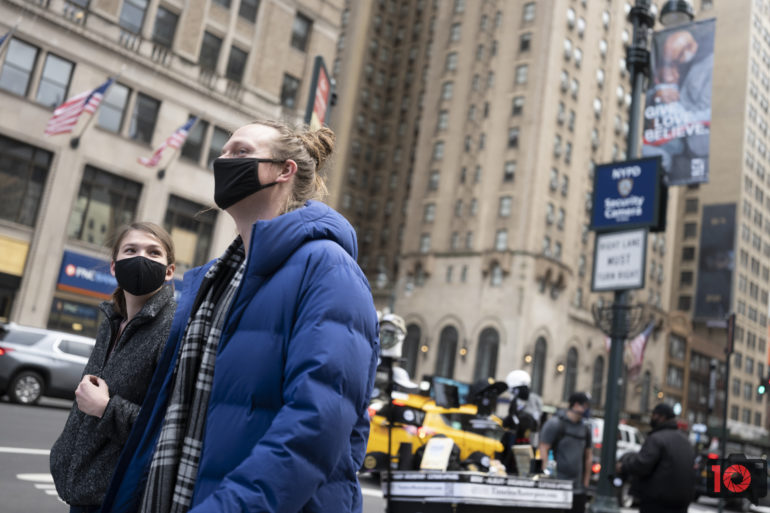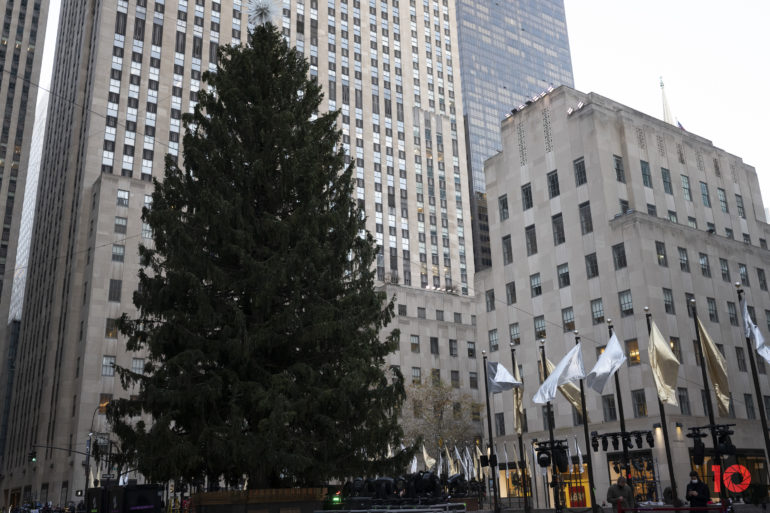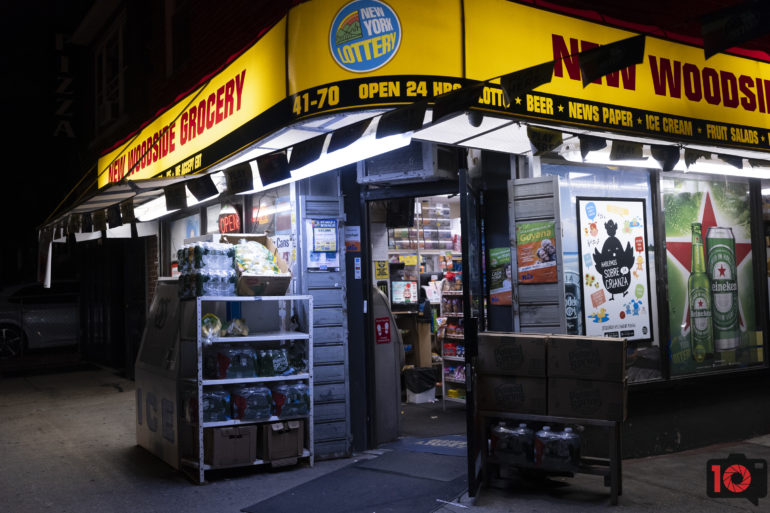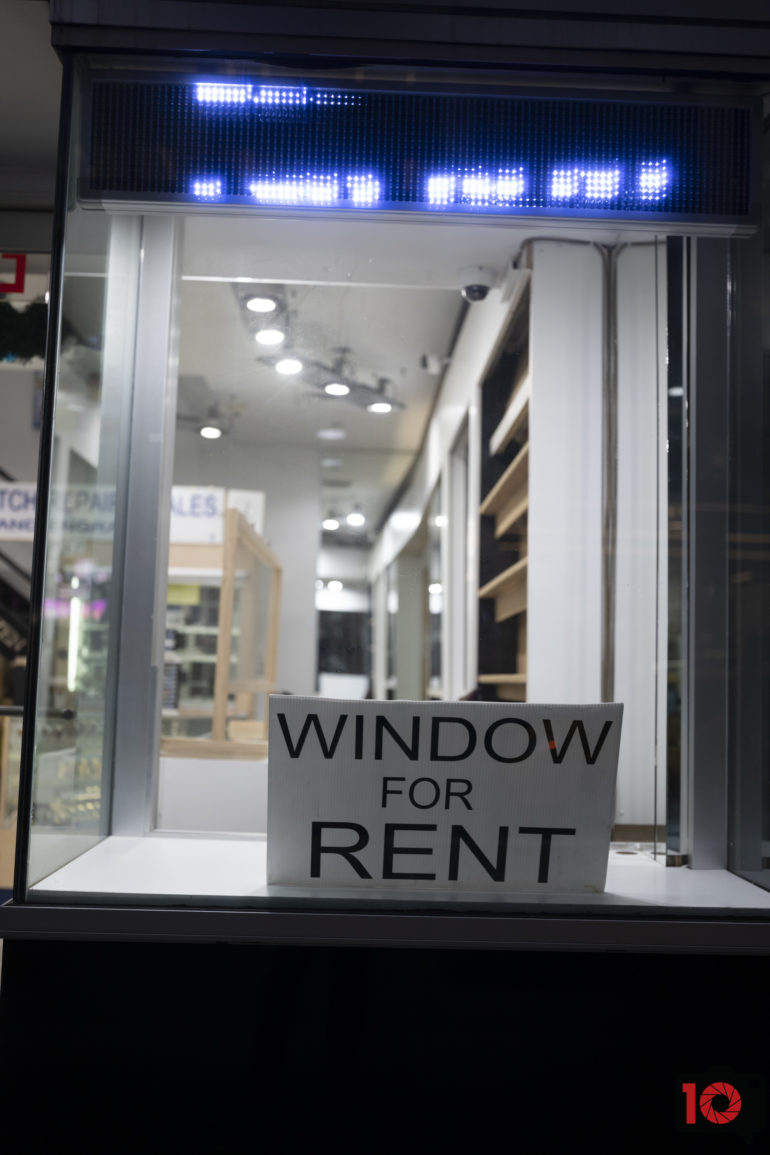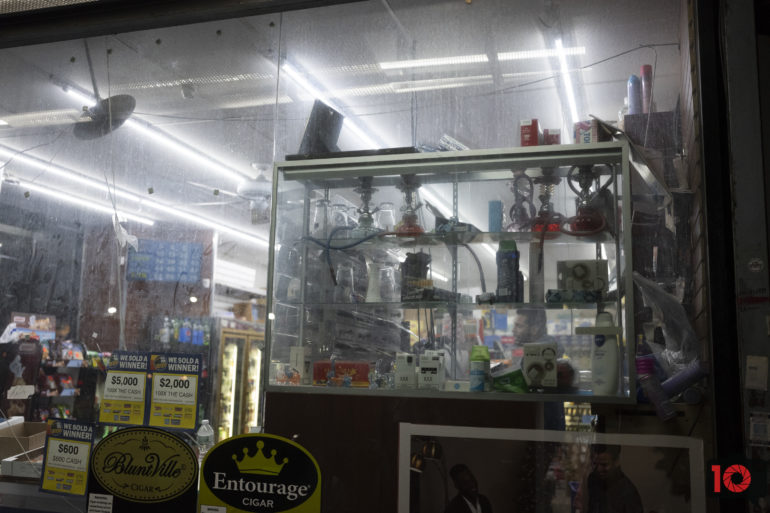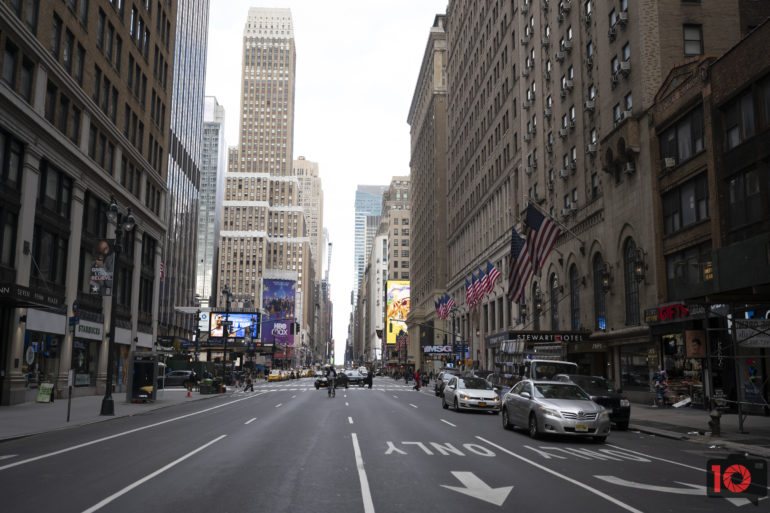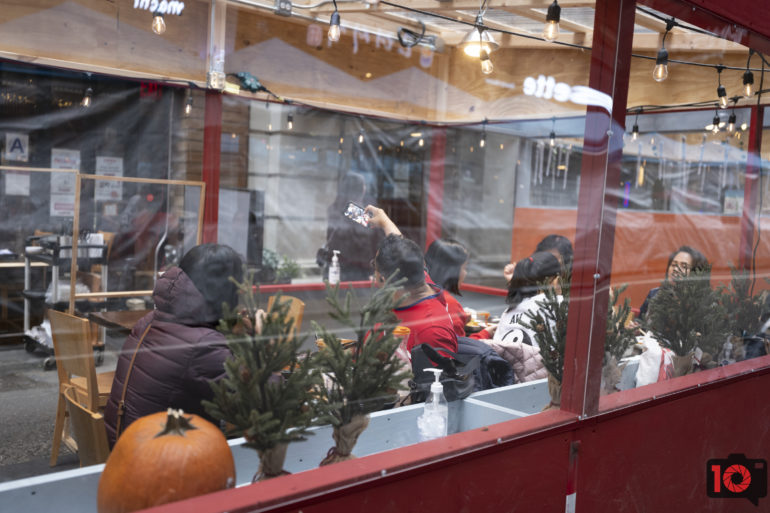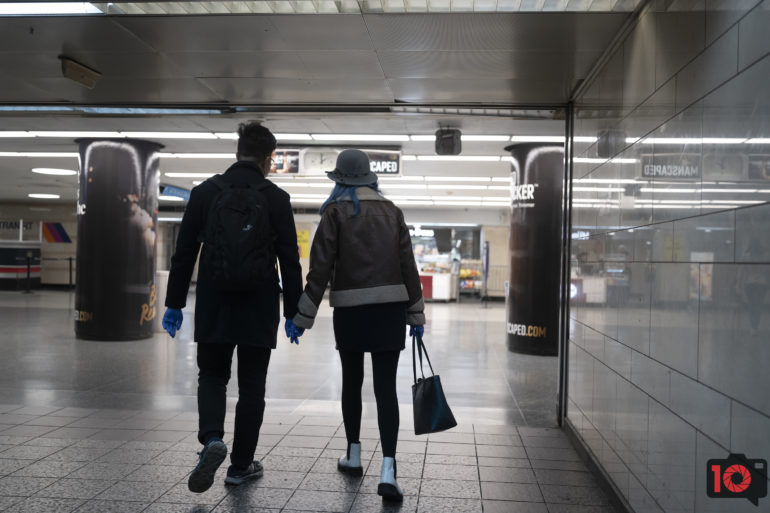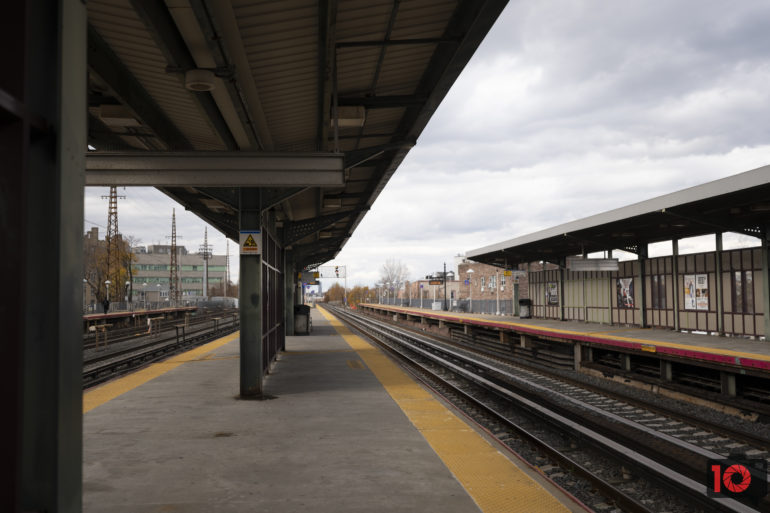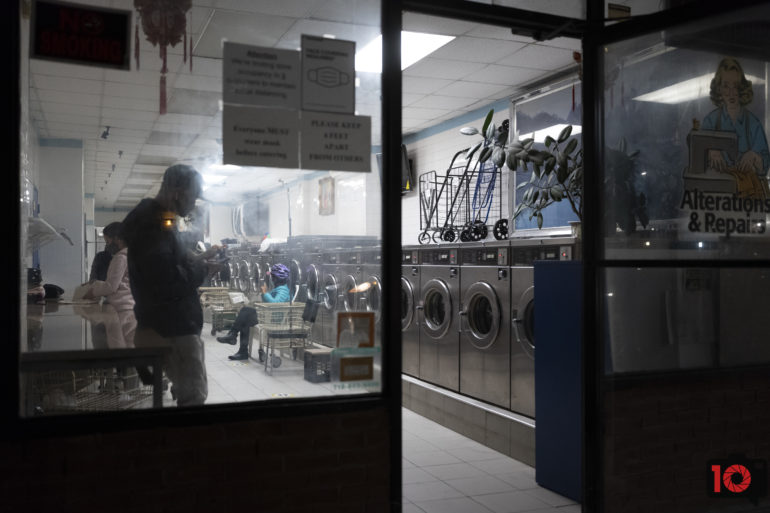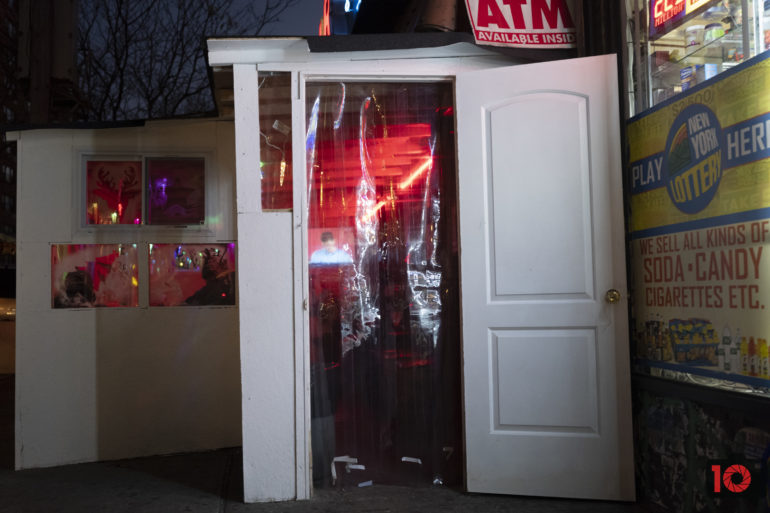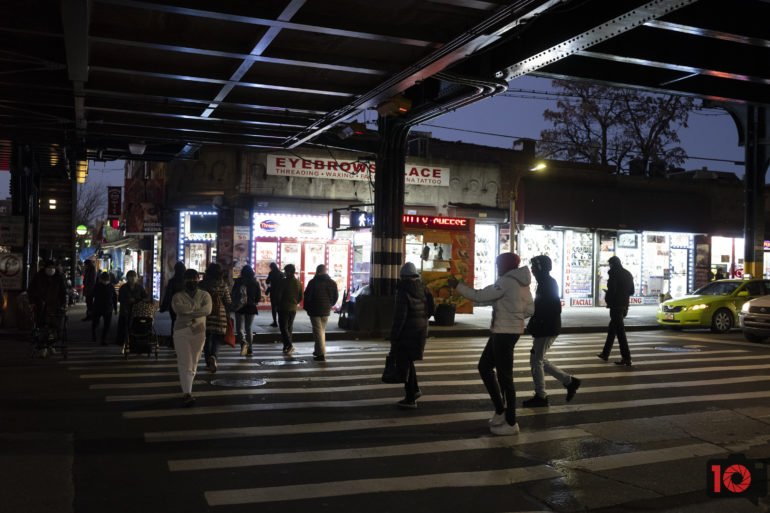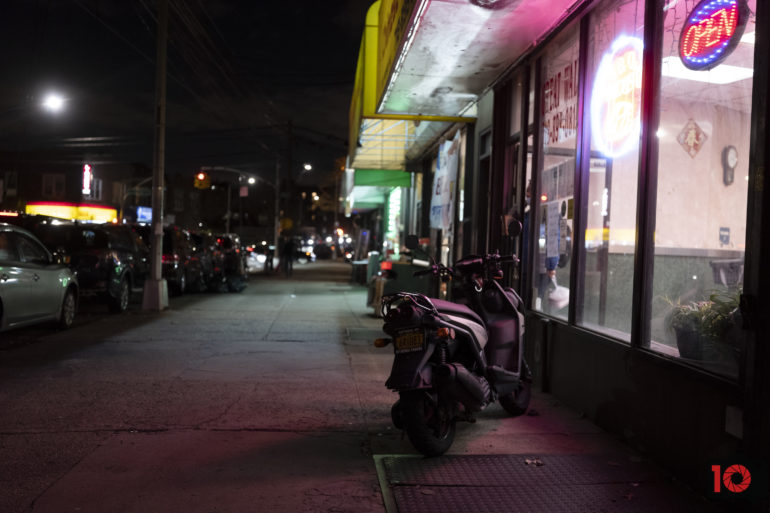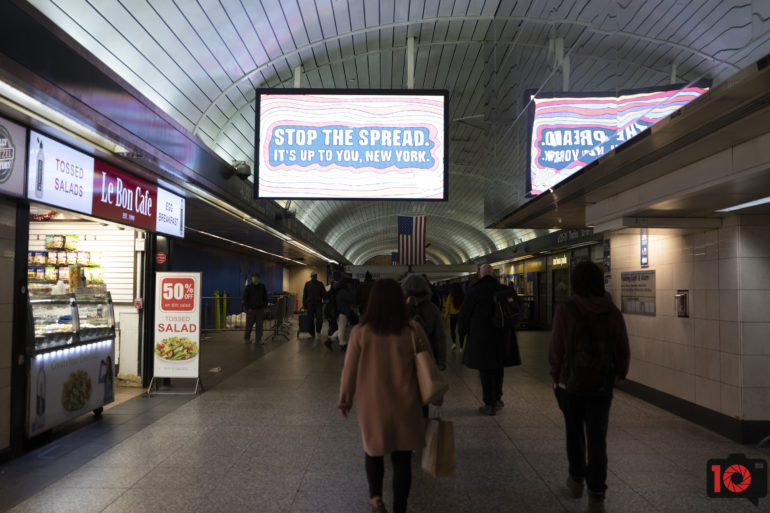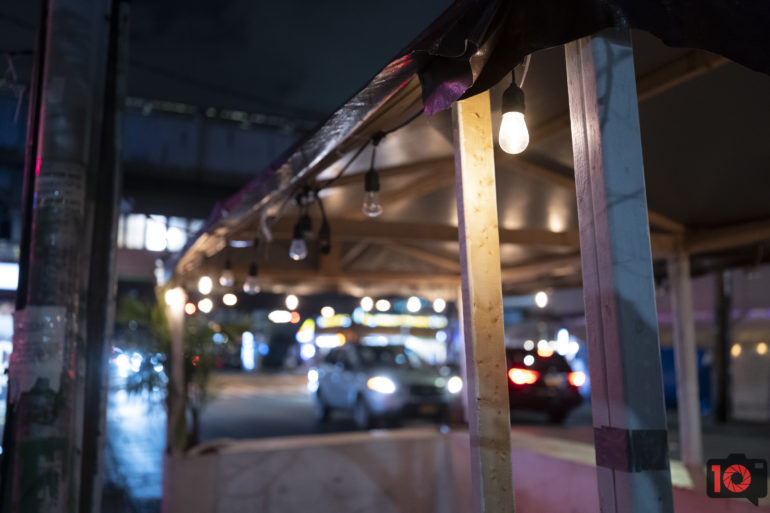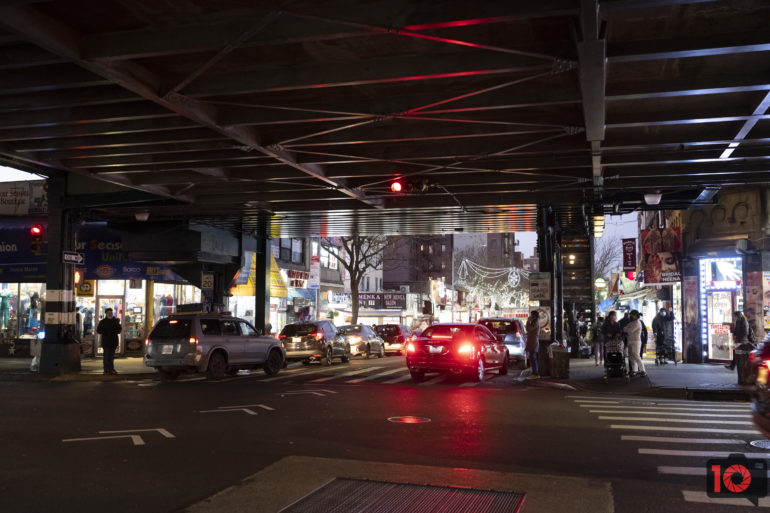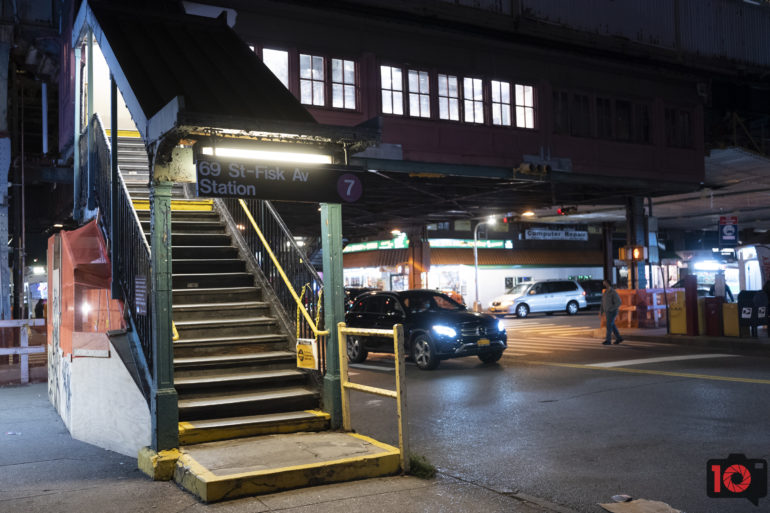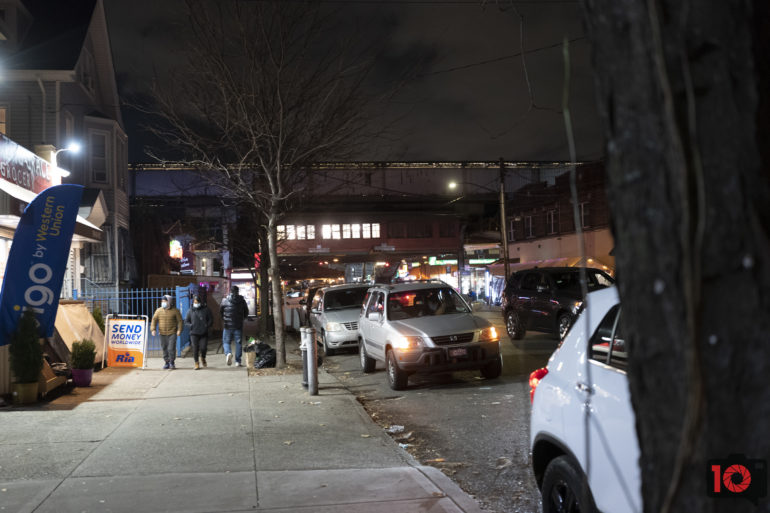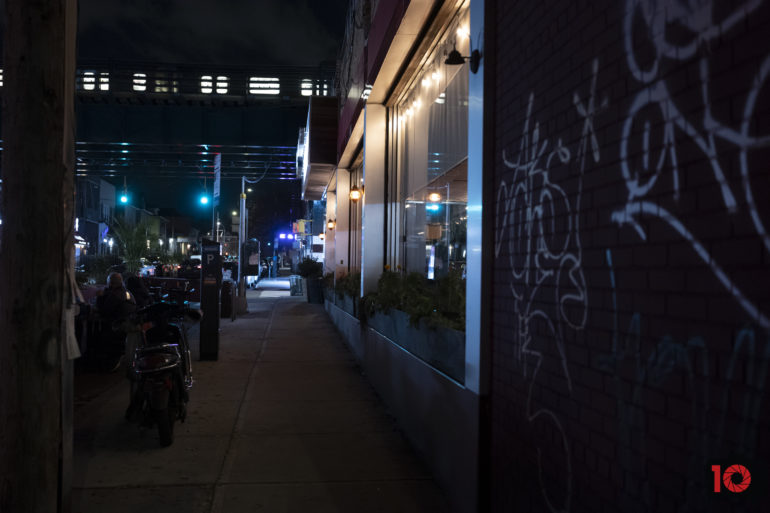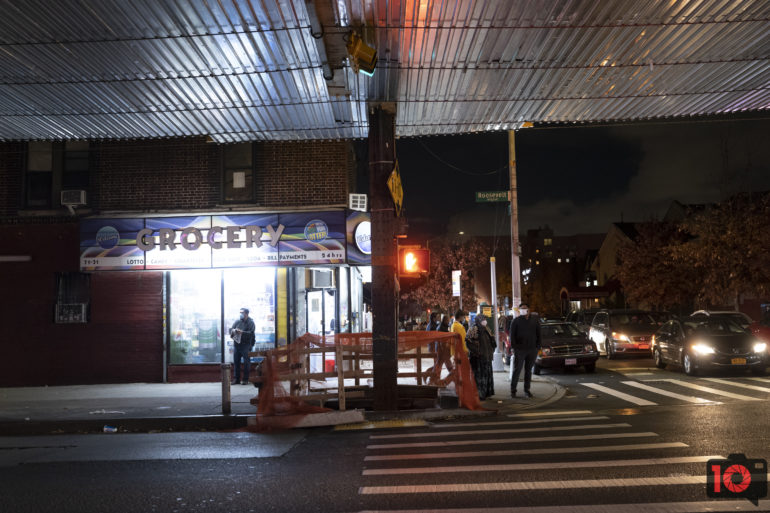Last Updated on 01/15/2024 by Chris Gampat
There’s nothing wrong with the way the traditional Leica camera worked. If anything, the Leica M series makes the photographer more aware of what’s around them. But let’s be honest, autofocus is very useful. And the Leica SL2s is probably the camera that answers the needs of the modern journalist the best. At the heart of the Leica SL2s is what Leica claims to be a newly developed 24MP BSI sensor. This variant of the Leica SL2 maintains the IP54 weather sealing rating, but it also received a speed boost.
Editor’s Note: We updated this post in January 2024
Table of Contents
Pros and Cons
Pros
- The fastest autofocus on a Leica ILC I’ve seen. It’s now on par with Canon and Sony.
- Autofocus profiles are cool!
- Solid build quality
- Easy to use
- Beautiful image quality
- People detection is wonderful.
- Functionality-wise, the buttons are fantastic with a good layout and give you everything you need.
- A camera that you truly want to carry around with you everywhere
- Both Panasonic and Leica lenses have comparable autofocus speeds.
- Raw files are pretty versatile in Lightroom.
- FANTASTIC high ISO print capability
- The autofocus has really improved
Cons
- A tad pricey. But when you consider the weather sealing, it’s not bad.
- I wish it did Qi wireless charging.
- I wish this had dedicated animal face detection
- There should be an option to never let the display time out. This is especially true for the EVF-Extended mode.
- It needs the right strap to be comfortable for long photo walks
- Still no multiple exposure mode
- I wish the menu was touch-capable and that it either flipped or tilted/pivoted.
- Still not as smart as an autofocus system as Canon or Sony.
Gear Used
We tested the Leica SL2s with:
- Leica 35mm f2 Summicron SL
- Leica 24-90mm f2.8-4 SL
- Panasonic 24-70mm f2.8 Lumix S Pro
- Panasonic 16-35mm f4 Lumix S Pro
Tech Specs
- A new 24 Megapixel CMOS BSI full-frame sensor. This sensor is image stabilized.
- 25fps in the electronic shutter mode, and 9fps in mechanical
- 4GB of internal memory
- Up to ISO 100,000
- 96MP Multishot mode
- 4K 30p/60P video, Cinema 4K video at 30p/60p
- No 29 minute filming limit
- Capture One 21 support
- 5.76 Megapixel EVF
- IP54 weather sealing rating and you can shoot with it down to 14 degrees Fahrenheit
- Dual UHS II SD Card slots
- Top display
- USB C
Ergonomics
The Leica SL2s is pretty much identical to the SL2. The big difference is the blacked out Leica logo up top. But otherwise, this camera is very similar to its sibling. It’s still milled from a block of aluminum.
The front of the Leica SL2s has a few controls. There are two buttons near the lens release that are customizable.
Up top there are a few controls. The biggest things are the wonderful diopter control, the LCD screen, the exposure dial, shutter button, and two other buttons. We set these to ISO and white balance.
The back of the camera has little going on. It’s dominated by a large LCD screen. The left has a play button, function button, and a menu button. The power on/off switch is also located here. On the right there is another button that I set to the view mode. Plus, there’s the joystick.
And of course, a camera wouldn’t be a professional grade camera without dual card slots. And this camera has them. On the other side are other ports and the USB C terminal.
Build Quality
The Leica SL2s has an IP54 weather sealing rating. According to the web, that means it can take splashes from any direction and resist a bit of dust. Indeed, the Leica SL2s is one of the toughest and most rugged cameras on the market. I’d argue that it’s the most rugged for a photojournalist. Its predecessor quite literally saved the life of an Italian journalist. The build quality of the Leica SL2s has strengthened my beliefs in better cameras. And quite honestly, the next camera I purchase needs a solid IP rating. I currently own Canon, Fujifilm, and Sony gear. I don’t see Sony sealing their products that well anytime soon. And I’ve done some insane things with both Canon and Fujifilm cameras. If the new firmware updates promised by Leica really improve the autofocus of the Leica SL2s, I may consider purchasing it.
I digress though. Overall, this is a very solid camera. For some odd reason, I didn’t find it to be insanely heavy either. However, you need a thick, broad strap with it to have that experience. Paired with the Leica 35mm f2, it seems perfectly balanced. Further, every single thing about this camera feels solid.
One thing that sort of annoys me about the Leica SL2s is the lack of a tilting/pivoting screen. The screen is instead just flat and built right into the design. Leica has told me previously that it would compromise the build quality. But already, the usability is compromised.
“Indeed, the Leica SL2s is one of the toughest and most rugged cameras on the market. I’d argue that it’s the most rugged for a photojournalist. Its predecessor quite literally saved the life of an Italian journalist.”
– Editor in Chief Chris Gampat
Ease of Use
Continuing on what I was just saying, the biggest annoyance of the Leica SL2s is the flat screen. I think Leica could have mitigated this with an EVF that flips up sort of like their Visioflex. It’s very limiting in 2020.
Otherwise, approaching the Leica SL2s can go one of two ways. You’ll either be very used to other systems, in which case you may get frustrated with the camera. But if you approach the Leica SL2s with a completely clean slate, you’ll understand how easy it is to work with. The menu interface is much different than most others out there. In fact, I voiced to Leica that I wish it were touch-capable. Leica responded by saying that they’d need to take the system from the T series and put it into this camera. I very strongly disagree–especially considering what Canon and Pansonic have done with their systems.
A nice touch is Leica’s top LCD display. Quite honestly, I rarely used this. If anything, I maybe used it once during my two weeks with the camera. Also, keep in mind that this camera doesn’t have an automatic mode. Changing the mode dial is done easily enough using the back LCD screen, but you can also press the back exposure dial in and select it.
One thing I really wish it had was multiple exposure mode. Why isn’t it there? That annoys me. Leica likes to tout that they’re all about pure photography, but they neglect this feature? Every other manufacturer except Sony has it as of this publishing.
May 2021 Update: The Leica SL2s has a slightly longer menu system now for both video and photo usage. The video menu has a lot more navigation options to refine your video settings. The photo menus don’t have a whole lot different. However, I still think that the system could benefit with a full touchscreen. There’s also a new image overlay mode that really just needs to become a proper multiple-exposure mode.
September 2022 Update: A new firmware update came to the Leica SL2s; which is honestly a bit of a rarity in some ways. This year alone, we’ve seen three firmware updates to the camera. The first improved autofocus and did a few other things. The second corrected a problem created by that firmware update. And now, we’ve got yet another one with more features being added to the SL2s.
According to Leica’s website, here are the details from this new firmware update.
PHOTO
-NEW: Perspective control
VIDEO
- NEW: The incremental value for a direct setting of the ISO value can now be selected via the setting wheels
(1EV, 1⁄2EV, 1⁄3EV, or 1⁄6EV)
PHOTO/VIDEO
- NEW: The lens profile menu has been supplemented with additional focal length settings
- NEW: The dropdown list for FN button assignments is now customizable and has been extended
- DETAILED: Supported lenses
- IMPROVED: In some cases, the lens Exif information is missing for third-party lens adapters
- CORRECTED: In some rare cases, the functions Pair and Delete were no longer available in the Leica FOTOS menu, once the connection was disabled
- CORRECTED: Some minor issues with the newly introduced function Toggle Focus Point have been remedied. The focus positions are now saved correctly.
Of course, lens profiles are only applied to adapted lenses. So there’s not much to discuss there. What’s more fascinating though is the new perspective control feature. This was previously given to the Leica SL2; and when combined with the image overlay feature it could prove fun for architecture photographers.
Perspective control works by playing an overlay of lines on the Leica SL2s screen. It’s like an advanced level that looks at the lens output and then tries to fix distortion of some sort in-camera. Like any technology, though, it only does what it thinks you want and what Leica’s programmers have told it to do. It’s not a type of AI that has machine learning and can think for itself. So as a result, sometimes it’s fantastic, and at other times it’s quite wonky.
I used this with the Leica 28mm f2 Summicron SL lens and it worked as I’d mostly expect it do given various angles and such. It worked as I expected with Panasonic 50mm f1.8 and their 85mm f1.8 lenses. But granted, those are longer focal lengths, and I have to expect that they’ll work pretty flawlessly.
Where it gets pretty fascinating and fun is with the Sigma 24-70mm f2.8 Art lens. When you zoom in and out, you totally see how the perspective control changes. And that’s pretty cool! It’s also evident that this one zoom lens isn’t as good as the more affordable primes despite it being an Art lens. If that’s a loaded statement for you, consider what Nikon, Canon, and Sony are doing with their 24-70mm f2.8 lenses. Sure, Sigma is more affordable but at the sacrifice of autofocus speed and a bit of image quality. Leica’s variant of this lens incorporates faster autofocus motors, though.
If that wasn’t enough, it also really showed how the perspective control worked to correct output from the Sigma 45mm f2.8 Contemporary. In our notes and even in web searches, Sigma didn’t say that this lens will have “art level” image quality, though. So we can let that claim go a bit.
Perspective control applies to the JPEGs. But the playback image, even if you’re shooting only RAW, will render as the perspective-adjusted photo. I’d personally also like an option to apply the control to my RAW photo as it would really help with speeding up my editing. However, that’s not available.
Update March 2023
In March of 2023, Leica issued a new firmware update for the Leica SL2s. We were told that going forward, the Leica SL2s and Leica SL2 will share the same firmware numbers. With that in mind, both of them received firmware 5.1. Here are the details of the new firmware update:
The latest firmware version for the Leica SL2 and SL2-S is now available for download and improves flash photography with Profoto units for your camera.
This is great news. However, we already did our Profoto Connect Pro review, and found there to be no problems at all when working with the unit. This means that Leica found problems and needed to fix them. More importantly, it also assumes that Leica worked with Profoto to get these fixed very quickly.
For a long time, I’ve been saying that I wish that Leica would work with Profoto and get the integration to work with their cameras. And now it’s here. This makes Leica a much more serious camera system for photographers.
We’re currently in a time where manufacturers are working to give their cameras better video features. And Leica does a good job at this. But this is a stills-camera first. So it’s important that they not forget about that side.
We should also remember that videographers are really mostly creating for social media. And photographers are “fading away” because of marketing on social media. But we’re forgetting that social media isn’t everything. Here in NYC, you’re surrounded by photos out in public. They’re in ads, in communications, and in museums. People are clearly still engaged by still photos, and that’s why they’re used. So photographers really just have to pivot away from social media. It isn’t everything, and there is a whole vast world beyond it. The two can co-exist.
With this update that helps bring better integration with Profoto units, the Leica SL2s is an even better camera for the multimedia journalist and shooter.
Update September 2023
Firmware 5.2.0 for the Leica SL2s brings some very minor changes and updates to the camera. Here are the exact details:
PHOTO & VIDEO NEW
• New battery type (BP-SCL6) is supported.
No longer limitation for lenses with higher current consumption.
EXTENDED
• New M lenses are supported
IMPROVEMENT
• Bugfixes in the firmware
Overall, this seems very minor. After the Leica SL2s was updated, we had to assign our settings to the right buttons and customize the camera to exactly how we wanted it. This is common when updating Leica cameras. Once this was done, it seemed like there was less lag with the camera — which is a problem that occurs every now and again. This is especially the case for when it is writing images to the card as it might sometimes freeze up for a few seconds. After the update, I didn’t see this happen anymore.
Additionally, the camera seems to start up faster than it did previously.
As for the batteries, I’m a bit shocked to see this update. Apparently, some problems could result from using the newer, higher-capacity batteries. However, I never found that to be the case when I tested them. They always worked pretty flawlessly as I’d expect a Leica product to function.
If you’ve been a Leica SL2s user who thought that perhaps your camera was experiencing some issues around wear and tear to the performance, then consider this new firmware update. It feels like things are fixed and the camera just simply functions well.
Leica’s updates are great, but there’s still more that I’d want. I still believe it should have a multiple exposure mode, a shutter-down function to protect the sensor when powering the camera down, and the creative looks that the Leica Q3 lets you boast.
Hopefully, Dr. Kauffman and the others will feel a bit giving.
Update January 2024
The Leica SL2s received a firmware update not long ago that gives the camera a few things that’s worth talking about with photographers. Here’s what the new firmware details are:
NEW
- Continuous shooting with activated Perspective Control
SL2: for 2 fps and 6 fps, SL2-S: for 2 fps and 5 fps - Added lock function for white balance settings Auto ISO and Auto
This function ensures a constant ISO value and automatic white balance during video recording until recording is stopped, or settings are changed via menu settings.
EXTENDED FUNCTIONALITY
- New submenu item Flash Mode under Flash Settings
- The menu item AF Quick Setting only was added to the menu Touch AF in EVF – In Touch AF mode, this will prevent accidental movement of the AF frame, but still allows the Touch AF functions to be used.
- Newly added menu items for the Favorites menu
- Thumbwheel: New functionality as function button
- Joystick: More assignment options
IMPROVEMENT
- GPS accuracy of the shooting location was significantly improved
- Revised Play menu: The option Delete All was replaced by Delete Unrated
- The Continuous Shooting settings in the menu item Drive Mode were renamed
- The menu item Self Timer is now a main menu item, and can be combined with other shooting modes
- Bugfixes in the firmware
With all of this, there are three things really worth talking about. First off is the new flash menu. The fact that Leica did this means that they’re truly trying to target commercial, editorial, and documentary photographers in a big way. The flash menu works a bit more like Sony’s now, though, where you get a slow sync option and even a second curtain flash option. The latter was there before, but I never noticed Slow sync. As a photographer who uses a ton of flash in any paid and creative work that I do, I love this addition.
More importantly, this gets me excited about the fact that Leica is truly embracing this tech after pretty much only ever appealing to natural light photographers. However, since the Profoto Connect Pro integration, we have reason to believe that Leica will really try to be as receptive to its audience as it can. There’s a history of this, too. After the M10R color issues, the company asked me why I’d use Capture One instead of Lightroom to process my images. I reasoned with them that if I were to spend that much on a camera, I shouldn’t be limited. That same year, better Capture One integration appeared as if it were a missing person case on Unsolved Mysteries.
The other big addition is the Favorites menu. This comes up on the second menu button press before it makes you scroll through the other pages. Placing it here is the smartest thing that I’ve seen from any brand — who would otherwise put it all the way at the end of the menu system. That’s one of the reasons why I’ve never used it. On the flip side, Leica should’ve never needed this thing to begin with. Leica’s menu is perfect for touchscreen integration, but it never fully used it. If only Leica had made the menu touch-compatible — it would’ve rivaled Canon’s as the easiest to use.
Lastly, I truly welcome the addition of the delete unrated option. In-camera image rating is something that I’ve been doing for years, even before the pandemic. I’ll typically keep all my images on the card, but I never want to sort through them all later on. So instead, I’ll rate in camera and have that pre-sorted already for me later on. Typically, I never end up looking at the unrated stuff that I shoot. This is going to be more important for photographers moving forward, too, as all AI plugin software does is say if something is in focus or not. And that’s pretty useless. However, Leica’s autofocus isn’t the best, even after this firmware update. There was a second or two where I thought that it did very well, But still, over the years, that performance has seemingly disappeared. Sometimes I think that it has to do with my settings.
Autofocus
The autofocus is probably the most complicated thing about the Leica SL2s. Even after spending a few weeks with it, I don’t think I totally understand it. There are tons of variables for it. Here are my general findings
- Face detection is its own autofocus mode instead of being incorporated into every single focus mode.
- Body detection is a thing, and it’s very cool.
- There are spot focusing modes, zone, area, etc. It feels a lot like Panasonic’s focusing modes.
- Performance in low light isn’t the best.
- Tracking in good lighting varies. I’m not so sure I’d be consistently happy with it for street photography considering what’s out there.
- Autofocus degrades when Panasonic lenses are used, but Leica is faster in low lighting. It’s also generally more accurate. Still, Panasonic isn’t unusable. If you’re a Sony user, it’s similar to the performance you’d get with Sigma lenses vs Sony’s own lenses.
Ultimately, I think the entire L mount alliance has made strides forward. But the Panasonic S5 is still a faster camera overall than the Leica SL2s. Would I use this camera as a journalist? I could, but I’d miss a fair amount of shots. I’d rate the Leica SL2s to be a bit behind Fujifilm and Nikon in autofocus performance. That means that it’s still way behind both Canon and Sony. Below is a test with the 35mm f2 attached. Before I shot it, I switched the autofocus profile accordingly. Those help out a lot, as they prep the camera for different shooting situations.
May 2021 Update: With Firmware 2.0, the Leica SL2s receives a massive autofocus speed update. For veteran reviewers like me, this is akin to the same feeling I had when the original Leica Q came out. At the time, it outdid Sony and everyone else on focusing speed. The Leica SL2s isn’t outdoing Sony and Canon, but it’s very speedy. In fact, it’s on par with both. The key here is that the Intelligent autofocus setting will be good enough for most cases. But when tracking subjects you’ll need face/body detection, continuous autofocus, and at least the runner profile. If you do that, then you’re going to nail a lot of great photos easily.
We tested it at the Cannabis parade here in NYC over the past weekend. It nailed the shot pretty much every time. The only major troubles came when there were multiple subjects in the scene. The Leica SL2s isn’t as smart as Canon and Sony to figure out who to focus on based on composition. So you’ll need to move the focusing point to give it some assistance. One fascinating point is that the Leica SL2s couldn’t tell that there were people behind a banner. That’s because the banner broke up the shape of a typical human body. I’m very positive that Leica is using AI here, as these algorithms are in loads of consumer and professional cameras these days.
The autofocus in low light is also very good now. A while back, the Leica SL2s and Sigma 24-70mm f2.8 made me grumble at their low light focusing. I wouldn’t have had this issue with the new Leica 28mm f2 Summicron SL for sure. But with the new firmware update, the viewfinder is boosted. So it won’t struggle as much as it used to. For what it’s worth, Canon is still the king of low-light autofocus. But the Leica SL2s can hold its own with Sony.
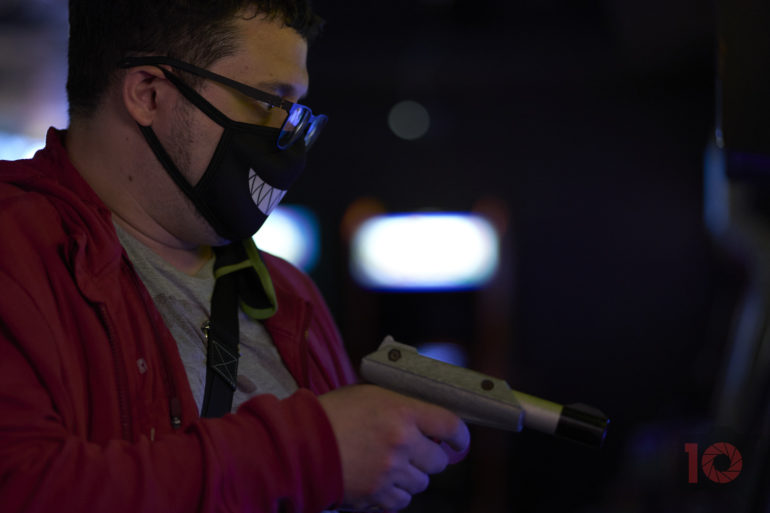

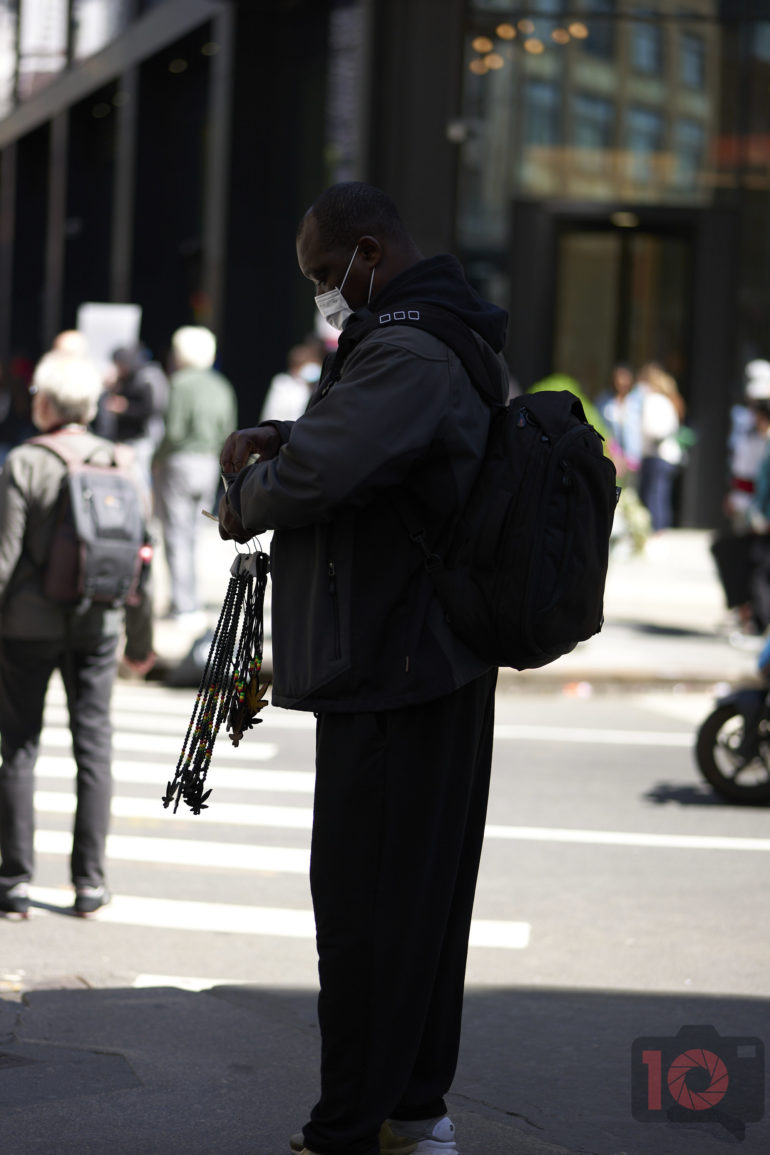
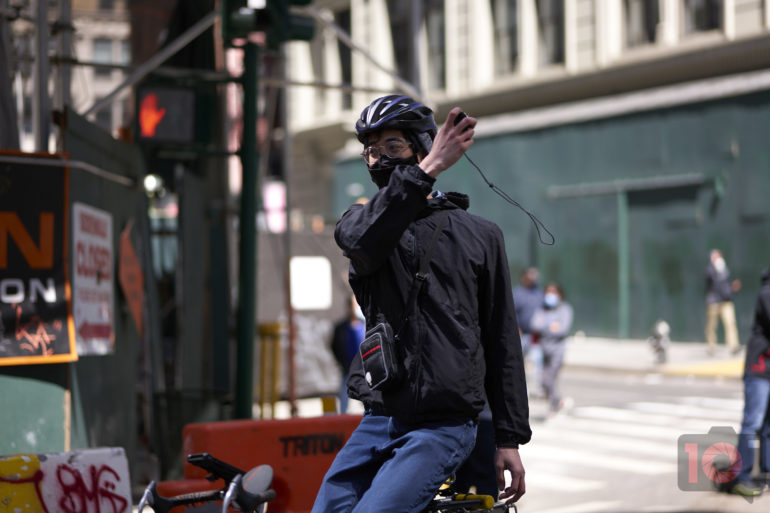





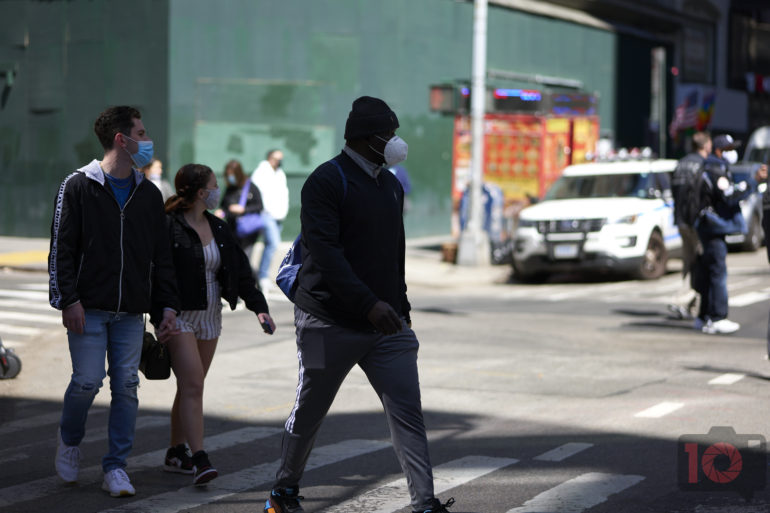




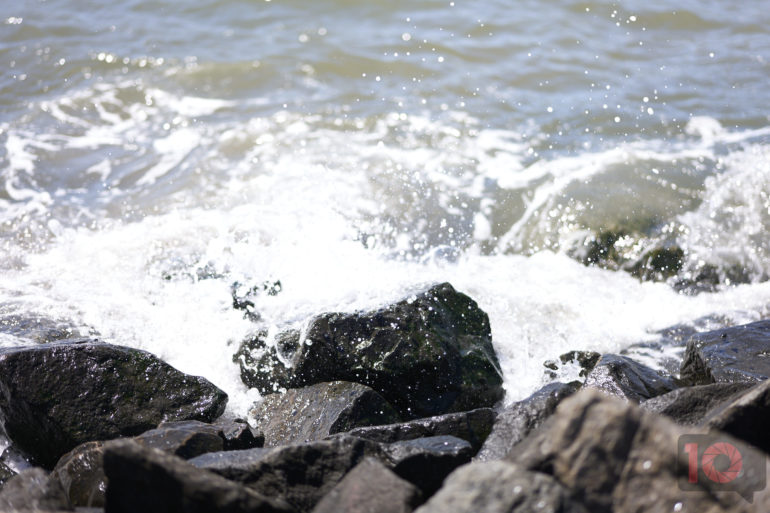

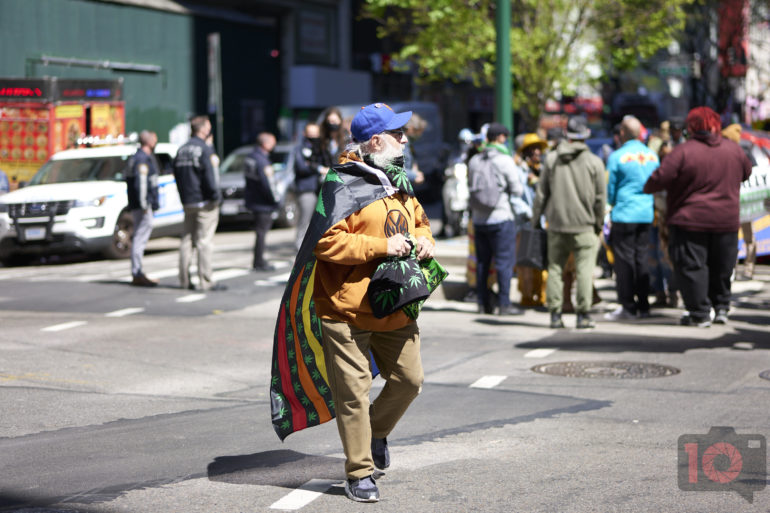





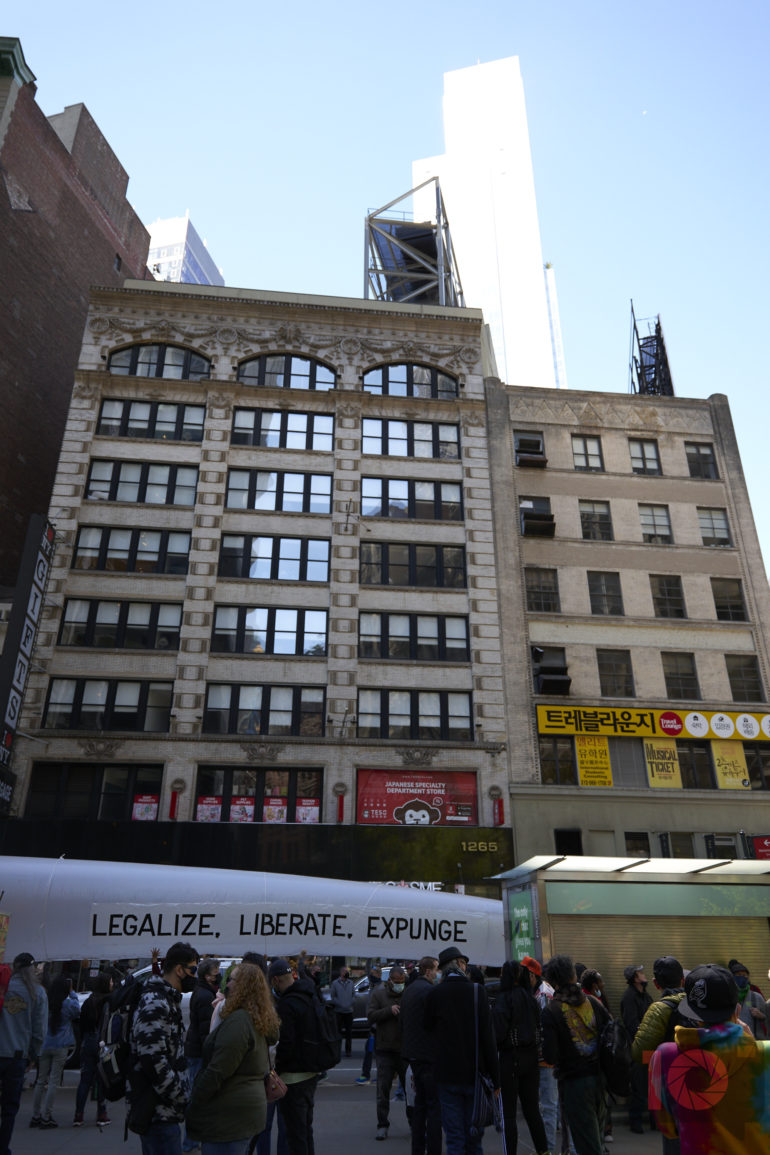



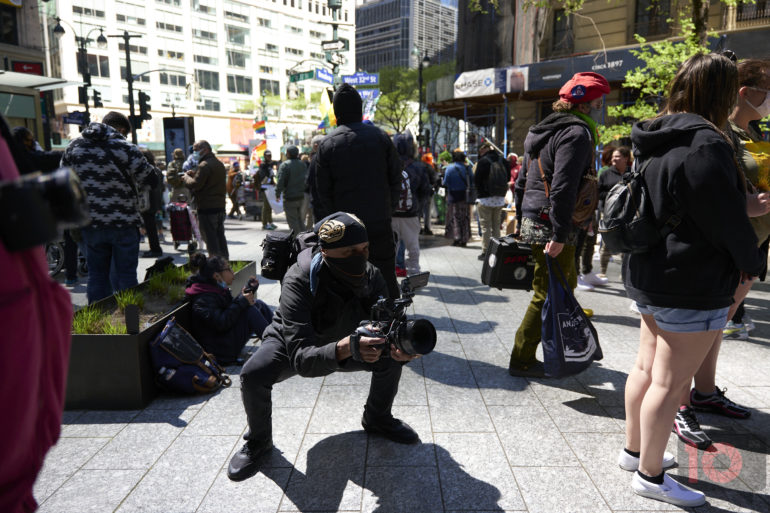
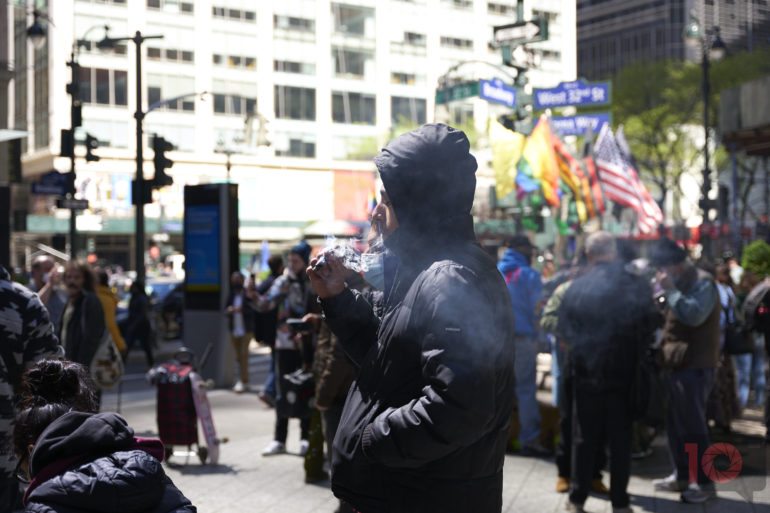
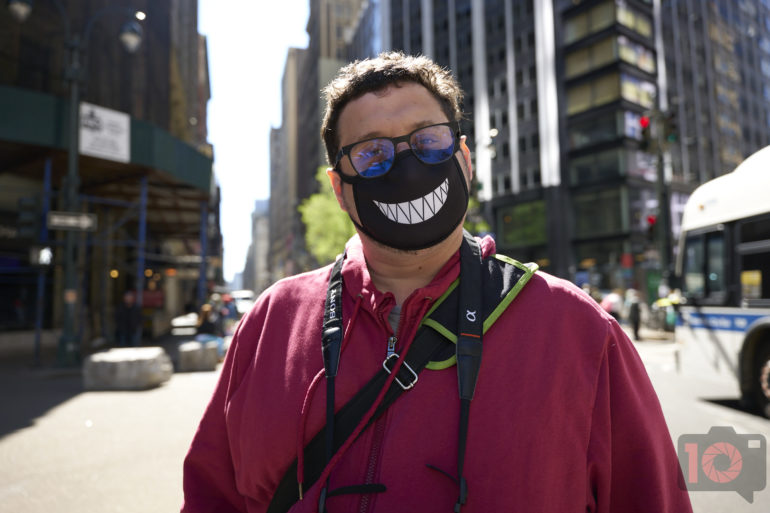



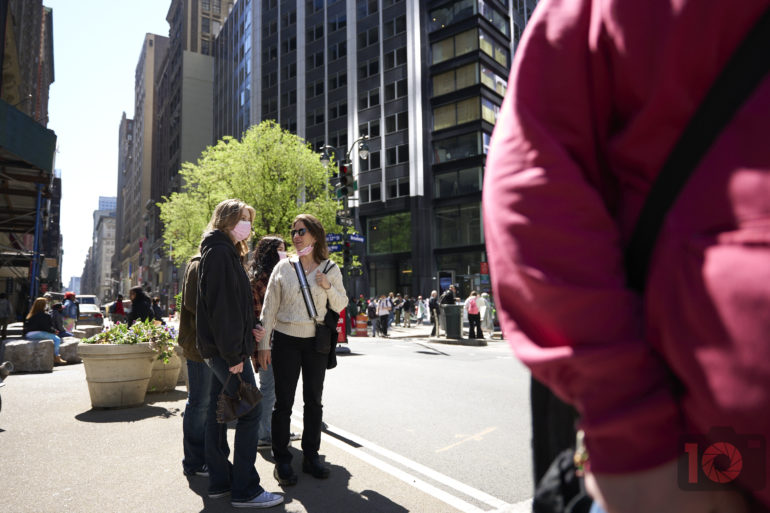





Update May 2022
The Leica SL2s received another firmware update in May 2022. It lets you set a few things to custom buttons, but the biggest part for photographers is the addition of Eye detection. Yes, I’m typing that in 2022. You wouldn’t necessarily think that this would’ve been something we said, but indeed it is. It took Leica this long to implement Eye detection. To be fair, they also have body detection, which many camera companies don’t have. That also means that Leica has the potential to be the most comprehensive system for tracking people. In practice so far, it left us wanting.

If you turn off eye detection, the system is pretty darned quick to find faces and bodies to focus on them. But things slow down considerably when you add in eye detection. What’s more, the system does some fascinating things after the firmware update. If you’re using Leica SL lenses, it will prompt you to also update the lens’s firmware. But this won’t happen with both Panasonic and Sigma lenses. I own lenses from all three brands.
Here are my main findings:

- In restaurant lighting, the Leica 28mm f2 Summicron SL is reliable enough. But it lags far behind Sony and Canon. In fact, I’d also argue that it lags behind Nikon’s speed, but is significantly more reliable with getting the subject in focus. That also means that it’s not going to suffer from the dreaded “eyelash AF” that Fujifilm cameras do. The Leica lens performed its best in AF-S mode and struggled a bit in AF-C mode.
- In diffused daylight, the Panasonic 50mm f1.8 Lumix S had no issues with autofocus and keeping a subject in focus. It nailed the eyes 100% of the time. The accuracy of the system is right on par with Sony and Canon.
- The Panasonic 50mm f1.8 is still questionable in low light with moving subjects in AF-C but great with still subjects in AF-S. Regardless, when I did this during an event in low light, I was still able to get a ton of photos I really liked. What’s more, a lot of people on social media adored the photos. That’s more important if you’re shooting professionally.
- Switching focusing from one person to another in low light could use some work. If someone is in the shot, and you’re trying to tell the camera to focus on something they’re holding, the focus will go back and forth. For example, in one scene, I tried focusing on one gentleman stretching some cheese. But the camera wanted to focus on his face despite my telling it not to. This could use some work. In reality, I’d need to switch focusing mode and this means a potentially lost moment.
- Sigma 24-70mm f2.8 couldn’t get eyes in focus in low light even with subjects not moving. It would detect their face, but not the eyes. To clarify, we updated the firmware for the Sigma 24-70mm f2.8 Art as well using the Leica SL2s. But still, this provided the worst performance in low light. In good lighting, it did a satisfactory job.
- In good lighting, this camera can still pretty much keep up with Canon and Sony. But in low light, it gets very frustrating.
All of this is not to say that the system is bad at all. It’s just unreliable compared to the others and it means that you’re shooting fewer “keeper” shots because the system is slower.
Update June 6th 2022
Leica realized that they made a grave error with their last firmware update. In fact, firmware 3.1 addresses and explains the issue. Indeed, the reason why the performance was so slow even with Leica’s own lenses is because there was a shutter delay. You could easily see and feel it. But it was incredibly apparent once you stopped the lens down. However, this only happened with Leica Summicron SL lenses. This makes a whole lot of sense as it was the slowest I’d ever experienced this camera and lens. But Firmware 3.1 addresses that issue. And indeed, the Leica 28mm f2 Summicron SL is far better than Panasonic’s primes and even Sigma’s offerings in my recent tests.
This firmware update came out very recently from when I’m writing this update. And so I decided to test the Leica SL2s and Summicron 28mm f2 lens at the Jackson Heights Pride parade along with a dinner in Queens. I found the following:
- The new Eye/Face/Body detection isn’t as good as Canon or Sony’s. Leica’s autofocus profile parameters are a bit odd. And even when going through the menu, it isn’t really clear how you can ensure that it picks a subject and keeps that one specifically locked in. This is critical with moving subjects in the AF-C mode for photojournalism. This parameter needs some work, but it isn’t at all bad.
- Autofocus for Face and eye detection in low light is awesome. But it’s best when there are fewer subjects and in the AF-S mode.
- When you want to photograph a multitude of subjects, the Multi-field autofocus type is still the best option.
- Out of 233 images, I had 2 missed shots.
The Leica SL2s indeed has great autofocus performance. And it surely can keep up with the speed of Canon and Sony. But it isn’t always as smart. It also lacks their AI databases.


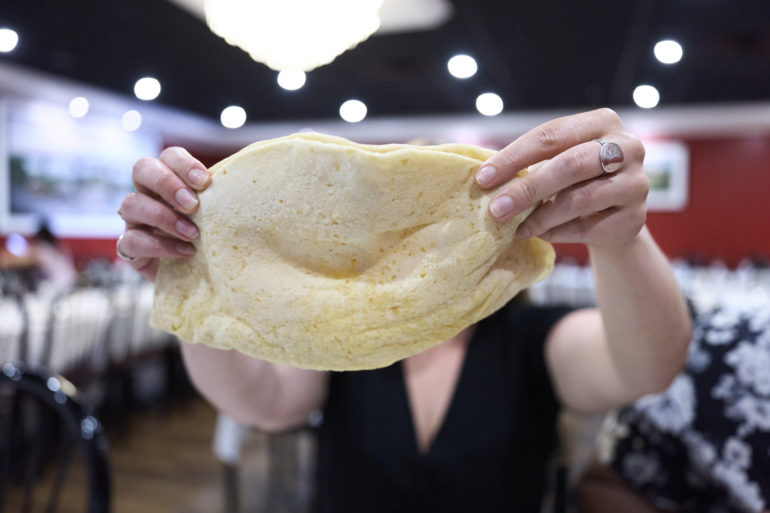




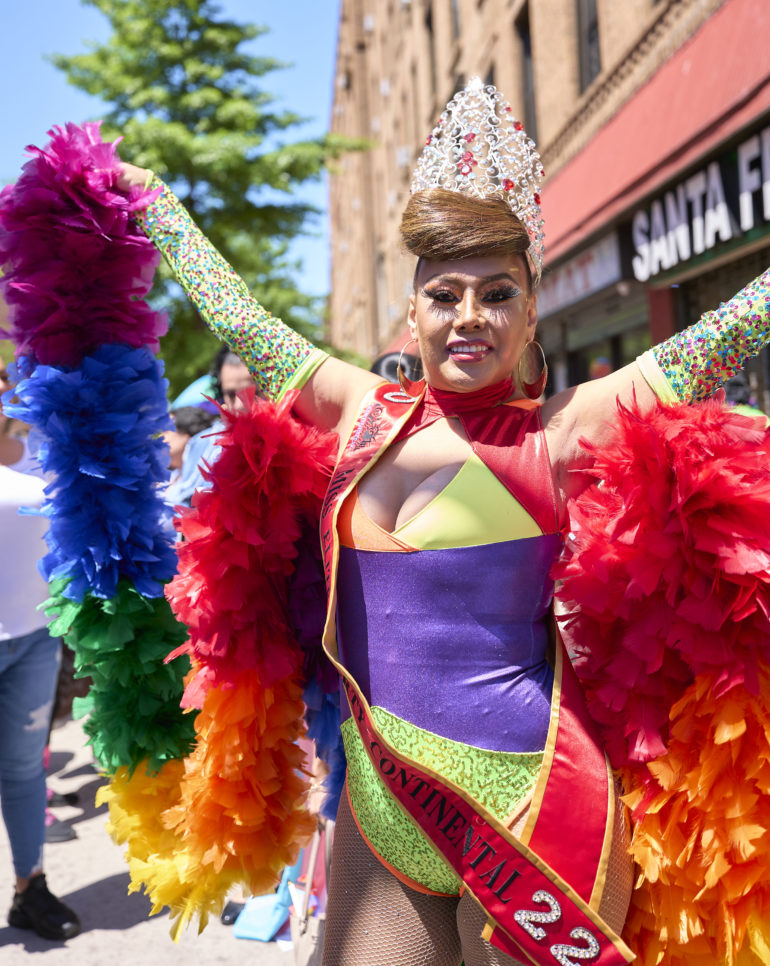

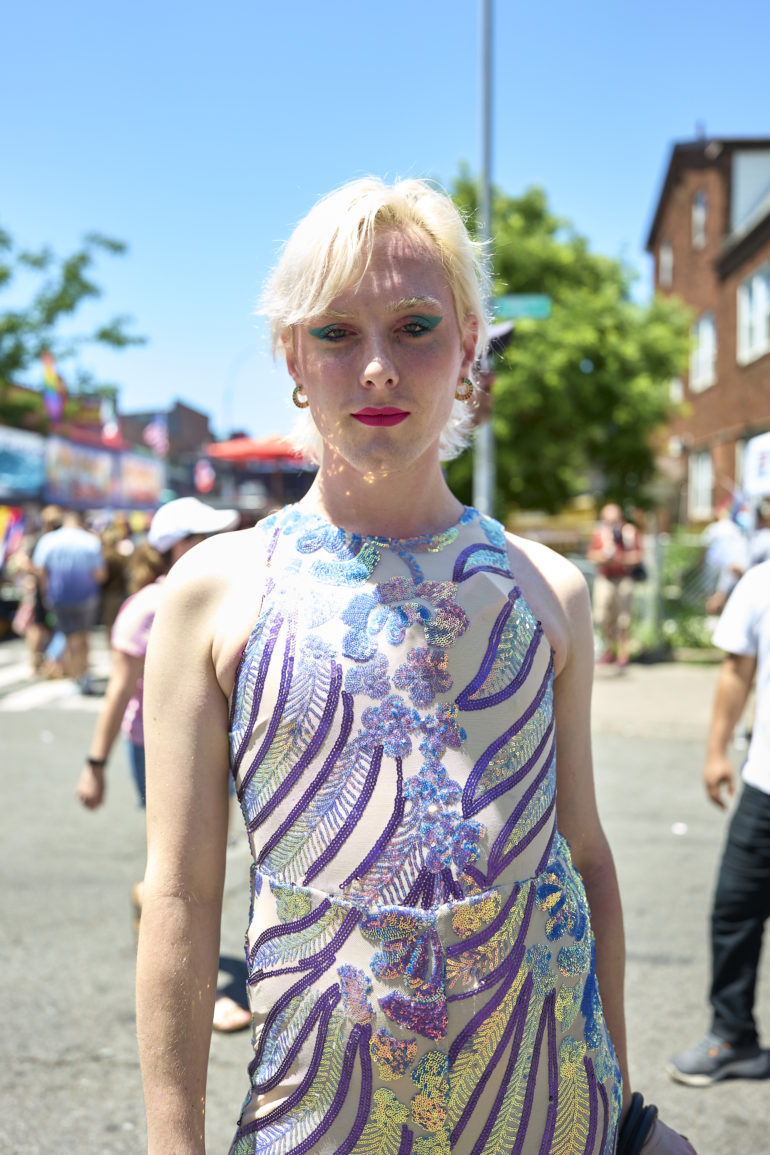


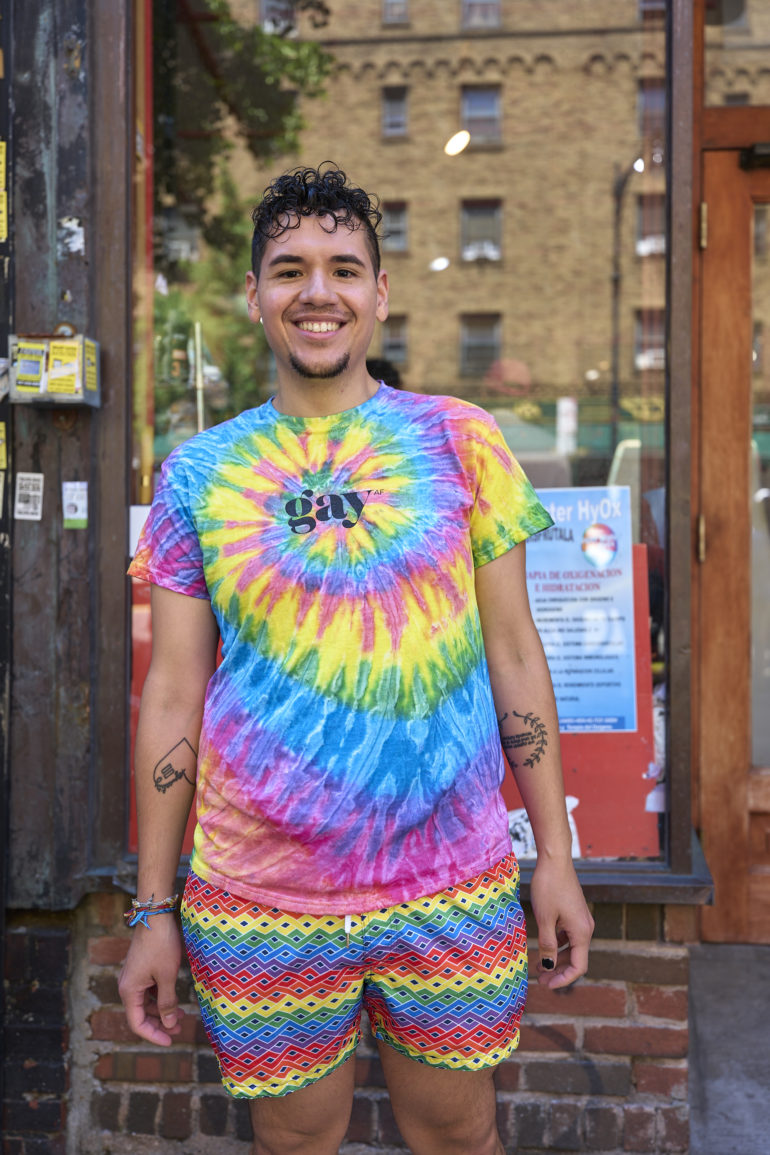
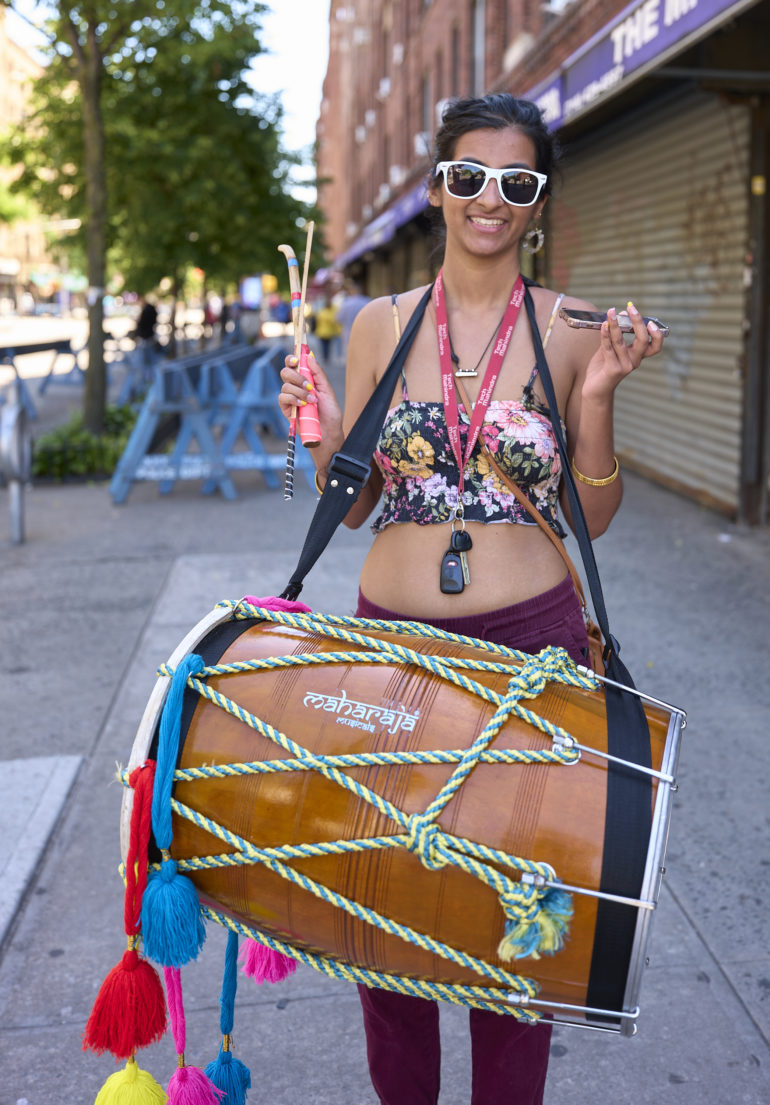

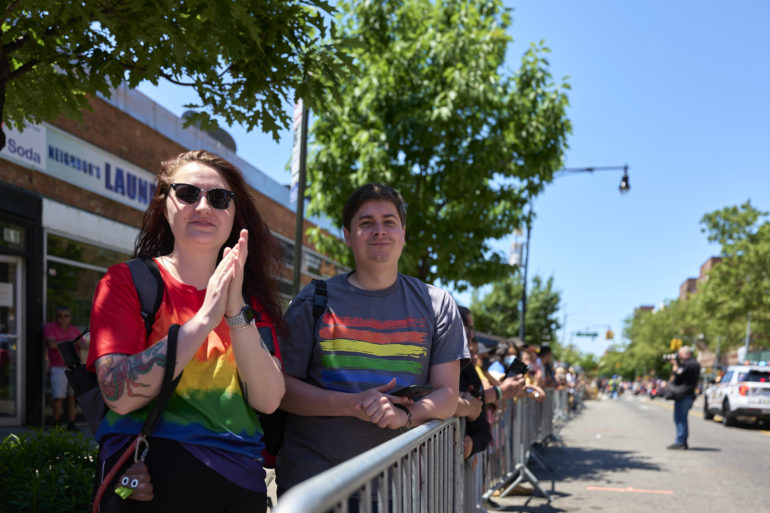


Focusing Update June 2023
Recent findings have made us realize that the Leica SL2s has one of the best solutions to zone focusing that we’ve seen. In fact, it’s also one of the most accurate. If you switch the camera into manual focus mode, you’d probably expect the zone focusing markers to appear on the back LCD screen. But instead, they’re on the top. More importantly, it tells you how much of the space is in focus depending on the aperture you’re stopped down to. To do this, set the lens to manual focus, then lightly hold the shutter button down. When you focus the lens manually, the Leica SL2s will tell you how much of the area is in focus. We’re happy to say that this works with Leica, Panasonic, and Sigma lenses. This is only logical as the lenses are all communicating the same things through the camera and lens contacts.
The brands in the L-mount alliance have told us for years that they don’t limit the information that is transmitted through the lens mount. This seems to be a testament to the fact that the relationships are still holding up. It’s reassuring since, as a reviewer, we always felt like Panasonic and OM System were always trying to screw each other over in small ways.
A similar finding can be seen when using Zeiss Batis lenses or certain Nikon S lenses. Try it for yourself, and you’ll love the results.
I personally purchased the Leica SL2s a while back and I haven’t regretted the purchase at all. However, I still wonder if some of the new autofocus performance from the Q3 will come to this camera. It needs it for things like sports and wildlife.
Metering
We’re bringing back the metering tests! Exciting, right? For those who are newer to the site, listen up! We’ve previously tested cameras in accordance with Sunny 16 tests. We’ve got a lot more about Sunny 16 on our site, and why it’s important.
Either way, I admittedly haven’t used it in a while myself. But I set the Leica 24-90mm f2.8-4 to a scene with the Leica SL2s. For a scene that I thought would have been at f8, ISO 400, and 1/400th the camera told me that I needed to actually be at f5. So I tested that against the Fujifilm GFX 50R with the 30mm lens attached, and both cameras gave the same reading.
Still not convinced, I brought Excalibur out of the closet. That’s what I’ve christened my Leica M6 TTL. It gave me a similar reading. I guess I really just am out of practice.
My conclusion here is that the Leica SL2s meters accordingly with standard film protocols perfectly. This makes me think that the sensor inside isn’t from Sony. Sony’s sensors don’t traditionally work like this. But again, we haven’t done metering tests in a long time, and we’re only now bringing them back.
Image Quality
Overall, it’s hard to complain about the image quality from the Leica SL2s. But at this point, I feel like full-frame 24MP sensors are pretty difficult to complain about: they’re all good. What helps the Leica SL2s out a bit more though is the L mount lenses. They’re all very sharp. The files are also very versatile, but I’ve seen other RAW files produce better results at high ISOs. Leica’s past few cameras with color sensors have given odd results at high ISOs. A part of my soul really wishes they’d produce a few cameras with CCD sensors again and focus on mindblowing low ISO imagery.
JPEG Output
JPEGs from the Leica SL2s are just alright. I don’t think that they’re anything to write home about the way that they are from Leica M cameras. They’re just, you know, alright.
RAW File Versatility
By all means, what I’m about to say could sound like I’m bashing this product’s image quality, but it’s not. First off, no one is making bad cameras or sensors: they’re all varying degrees of good. These days, the staff is really only truly blown away by completely innovative sensors. The sensor at the heart of the Leica SL2s isn’t anything innovative. It does the job.
We tested these RAW files in Lightroom as we haven’t upgraded to Capture One 21 yet. And the last time we tested RAW files in Capture One, the image quality really fell apart. Luckily, that’s not the case anymore and it won’t be going forward from my understanding. Either way, we tested them in Capture One 20, and the details we were able to get from the highlights and shadows were outstanding. At high ISOs, there wasn’t any issue with colors becoming desaturated either. In fact, the dynamic range at ISO 6400 was still very solid.
Anyway, the files are all highly capable. The dynamic range and color range are good. But they’re not the best. For that, you’re going to need to go for higher megapixel sensors. Still, if you’re getting this camera, you probably have an idea of how to meter and of what you’re doing, so I trust you’ll be fine.
High ISO Output
The high ISO output from the Leica SL2s is very clean. I can’t really complain about that. Just once though, I’d like to see something absolutely mind-blowing when it comes to 24MP high ISO output. The Sony a7s III is still outdoing this camera in high ISO output. And I think it’s about time that 24MP sensors start becoming the new ultra-clean high ISO target.
You may wonder why I’d even bother making that statement in the previous paragraph. And that’s because the Leica SL2S has the cleanest high ISO print output we’ve seen from a 24MP sensor. At ISO 6400, the image was super clean. We printed from the Canon Prograf 1000 with Pro Luster paper, and I’m seriously shocked. With that said, the sensor at the heart of the Leica SL2s is still very capable and clean at ISO 6400. Again, it’s the cleanest that we’ve seen. There’s still a bit of noise though. And one day I’d like to see absolutely no noise. So far, Leica is leading the pack.
Extra Image Samples
Conclusions
June 6th 2022: Update
Likes
- Build quality
- Easy menu
- Ergonomics
- IP rating
- Leica will continue to improve it via firmware updates
- Majorly improved autofocus
Dislikes
- It’s pricier than the rest, but I sort of understand why
- Leica needs to make better use of the touchscreen
By and large, the Leica SL2s is the most rugged camera on the market for a working journalist: there’s no question about that one. It’s incredibly reliable, and I know that I’d be able to use it in any weather or environmental situation. It feels good in the hand, you’re getting a solid menu system, the lenses are wonderful, and best of all, the high ISO images are super clean. Again, the Leica SL2s gave us the cleanest ISO 6400 prints from a 24MP full frame sensor we’ve seen so far. Personally speaking, this is a camera that I’d want to have with me everywhere. The company is also going to really continue to improve the camera with firmware. We’re excited to see what happens. In fact, the camera’s future may depend on it. Firmware 2.0 has brought mostly updates for video shooters, but there are some great things for photographers. Firmware 3.1 brought improvements over firmware 3.0 for photographers. But still, Leica could’ve surely done a lot more.
In a few key areas, the Leica SL2s is one of the best cameras on the market. That’s great on paper. But ultimately, I feel what’s holding it back is the autofocus. When Canon and Sony are just that good, you need to move at light speed to catch up. They’re also still catching up to the Fujifilm X system in some ways. In the end, if Leica doesn’t really improve the autofocus in the Leica SL2s, it could massively hurt the camera’s success. As of firmware 2.0, the Leica SL2s can hold its own with Canon and Sony in terms of speed. And with the improvements from firmware 3.1, it feels almost like Canon and Sony without the intelligence of those systems.
Don’t get us wrong, the autofocus is usable. But why bother paying that $4,895 price point unless you really need the build quality? It’s $1,000 more than the Canon EOS R5 with none of the megapixels, the autofocus performance, or the versatility for photographers. The L Mount alliance offers far more lenses though. It’s even pricier than the Sony a9 II with none of the autofocus performance. However, they can keep up with lenses and they wipe the floor with Sony’s build quality. But even the Fujifilm GFX 50R is more affordable and has a larger sensor. Then consider that the system only just got solid Capture One support and has no major assistance with professional flashes and strobes. If they at least get the autofocus majorly tuned up, they’ve got a better chance. That new autofocus update in firmware 2.0 drives the Leica SL2s to be faster than Fujifilm’s options. And 3.1 takes that even further with Leica lenses. The GFX 100s can probably hold its own with the Sony, Canon, and Leica options out there, for what it’s worth.
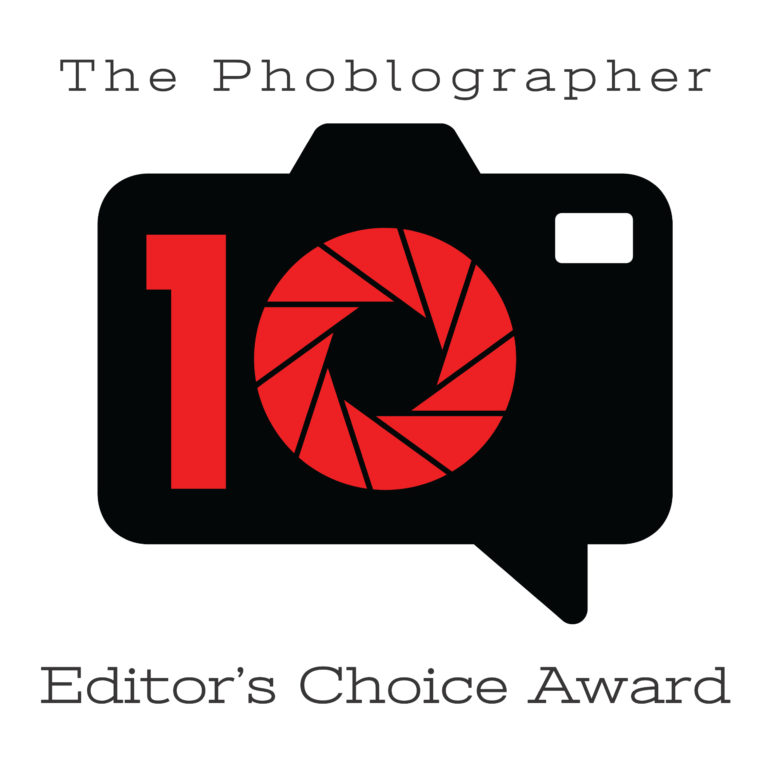
With the 2.0 firmware update, the Leica SL2s is being awarded five out of five stars. Want one? You can get them for $4,895. We’ll update this review once the new firmware comes out.


